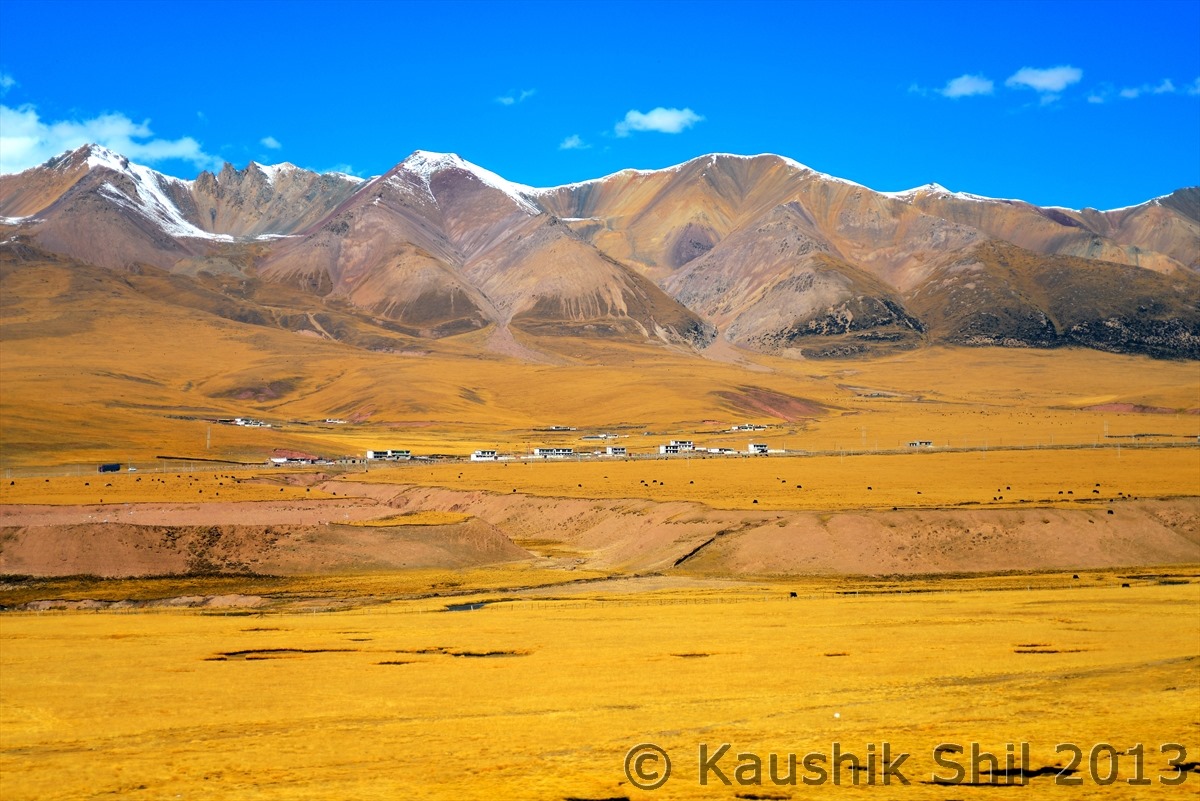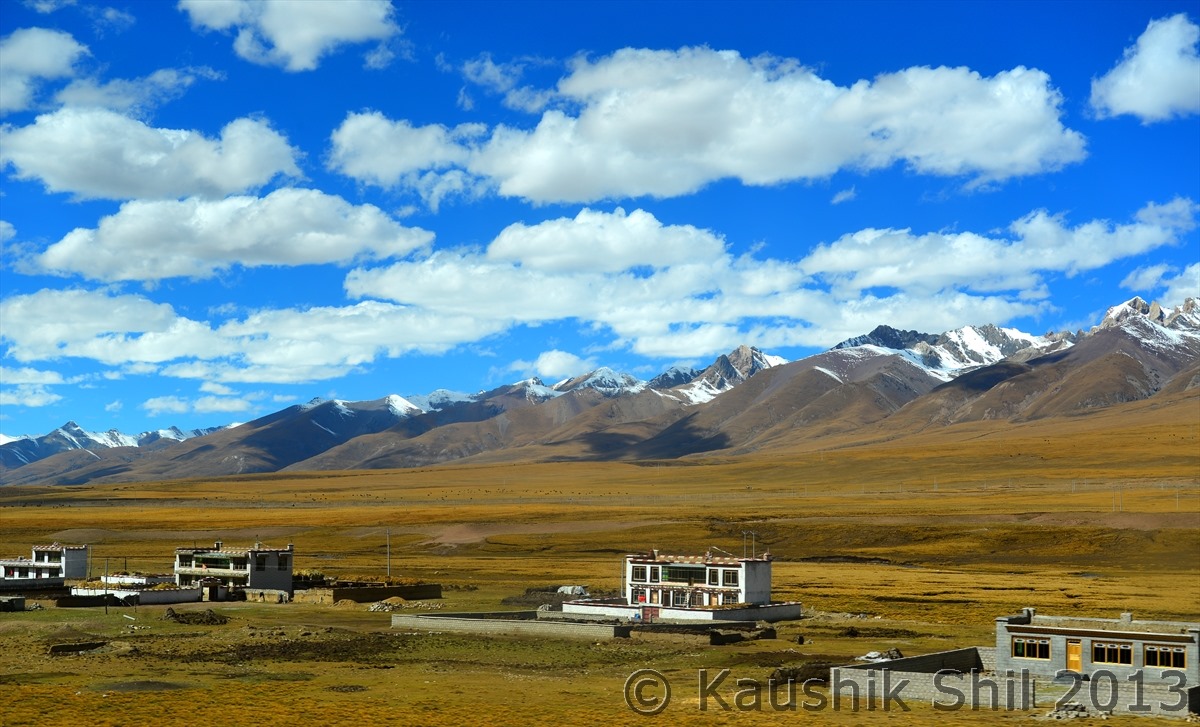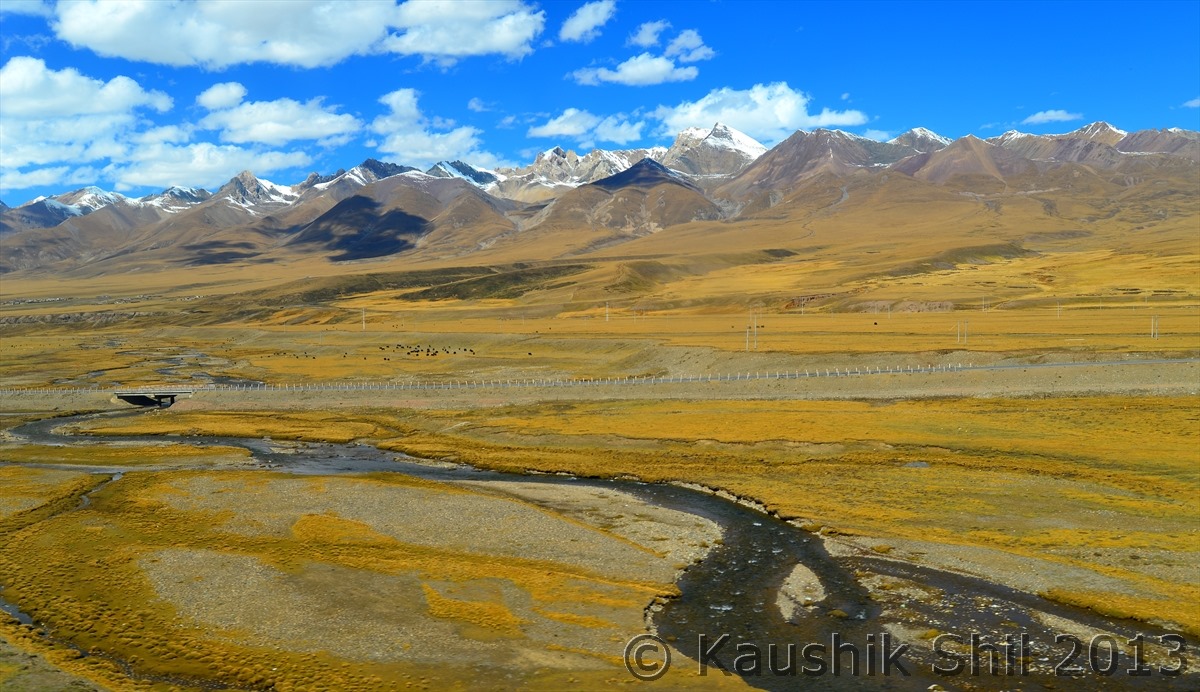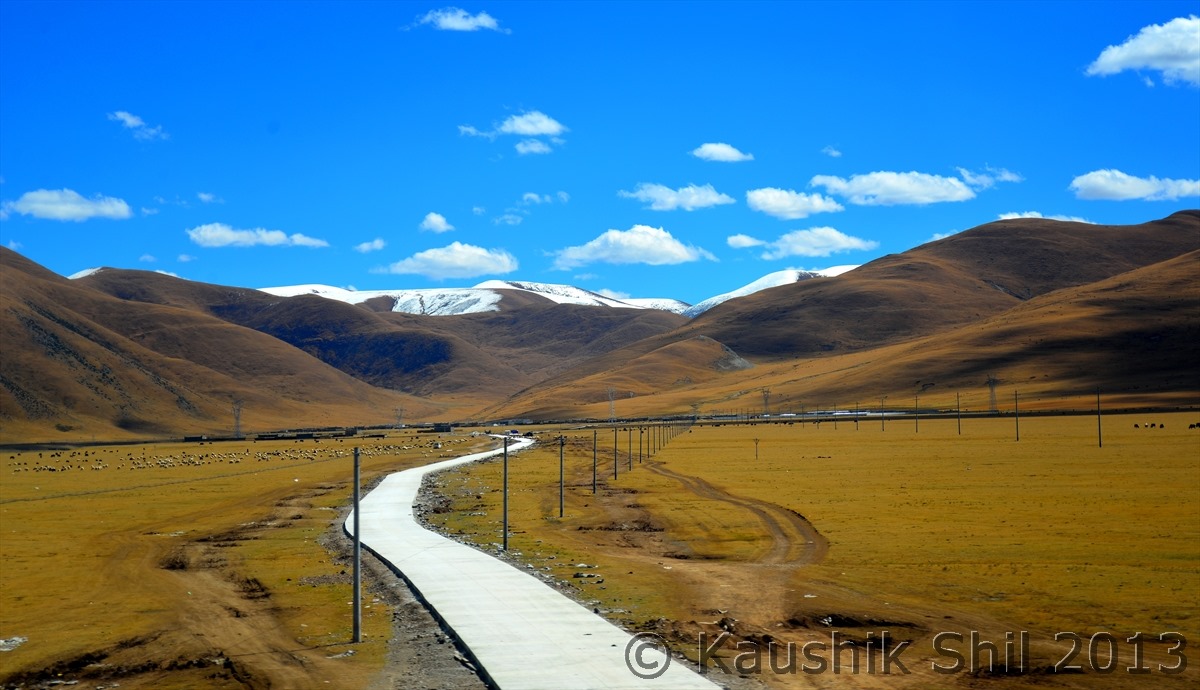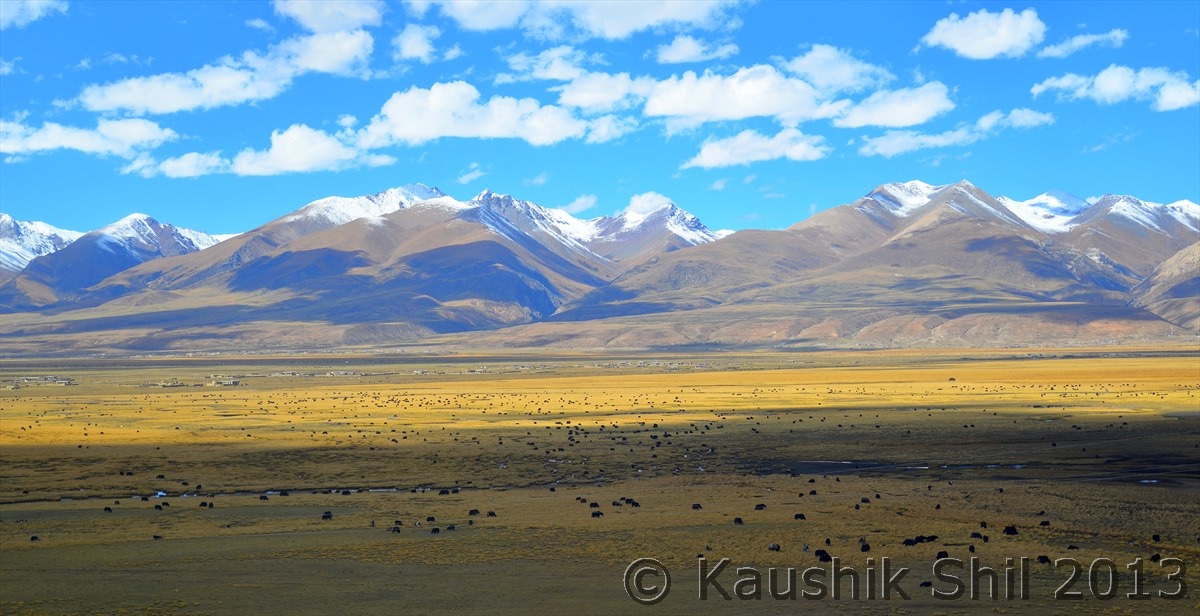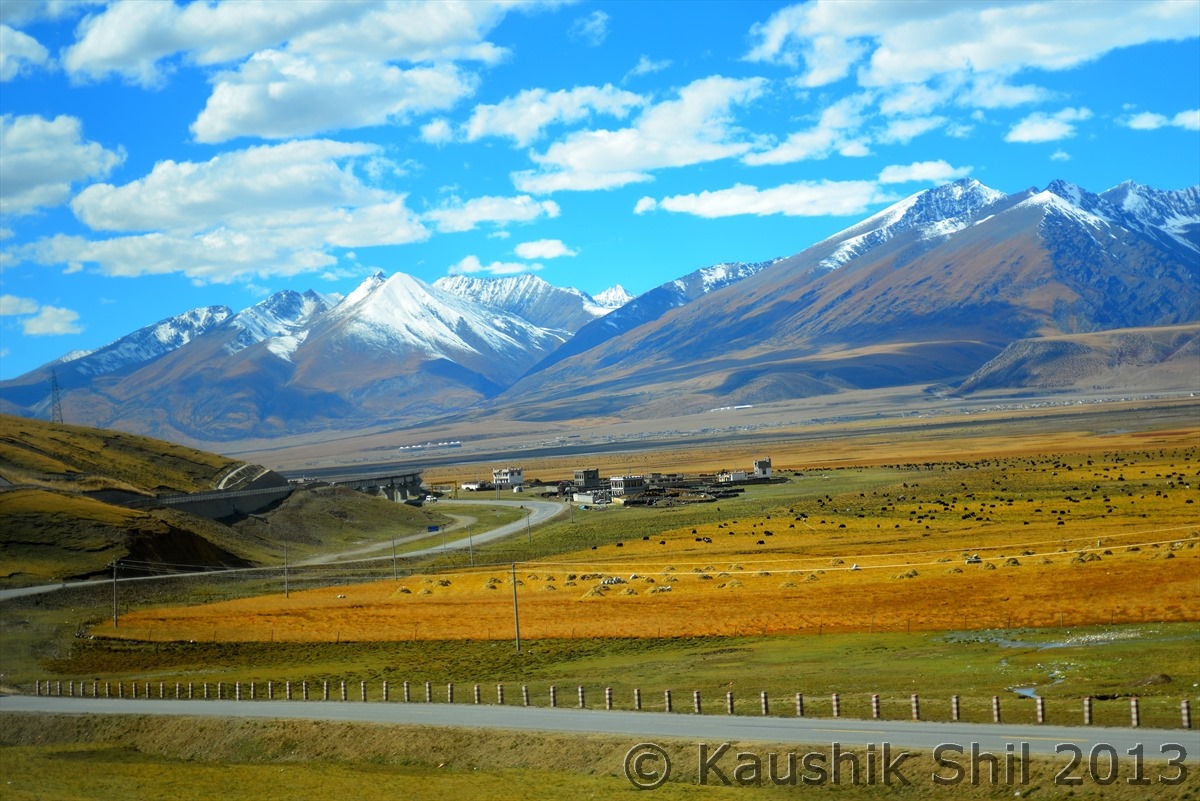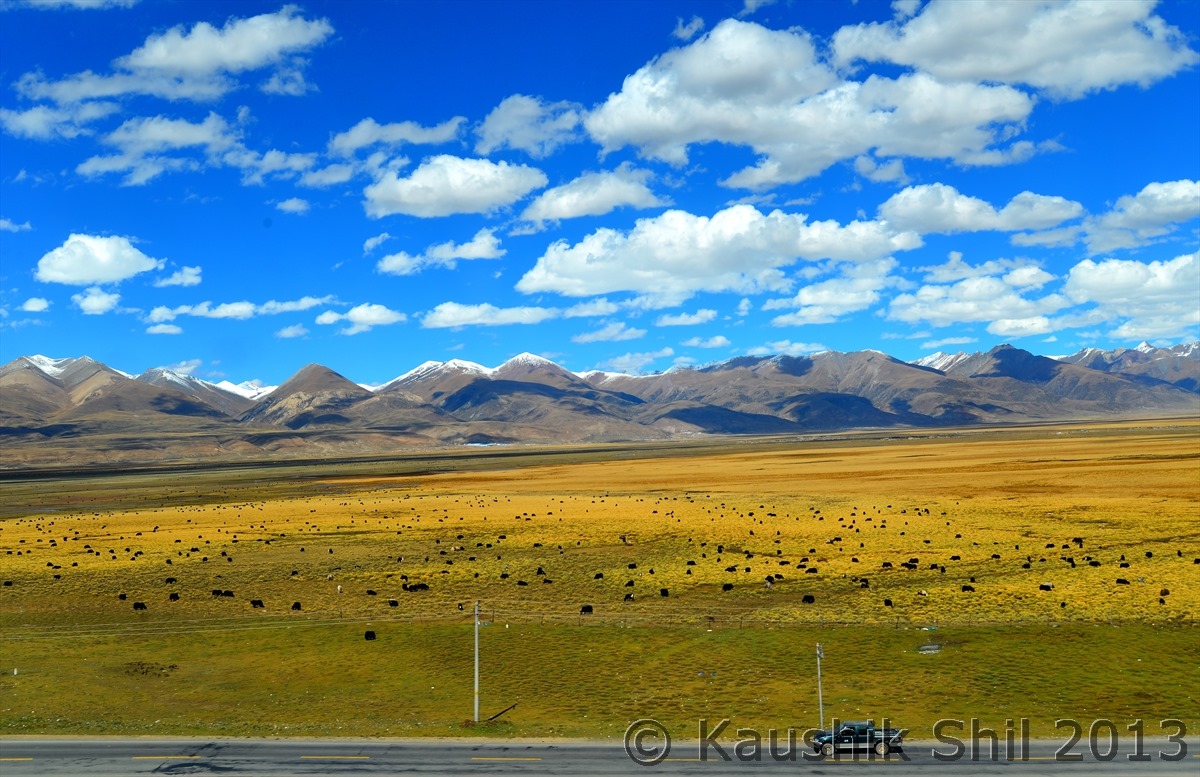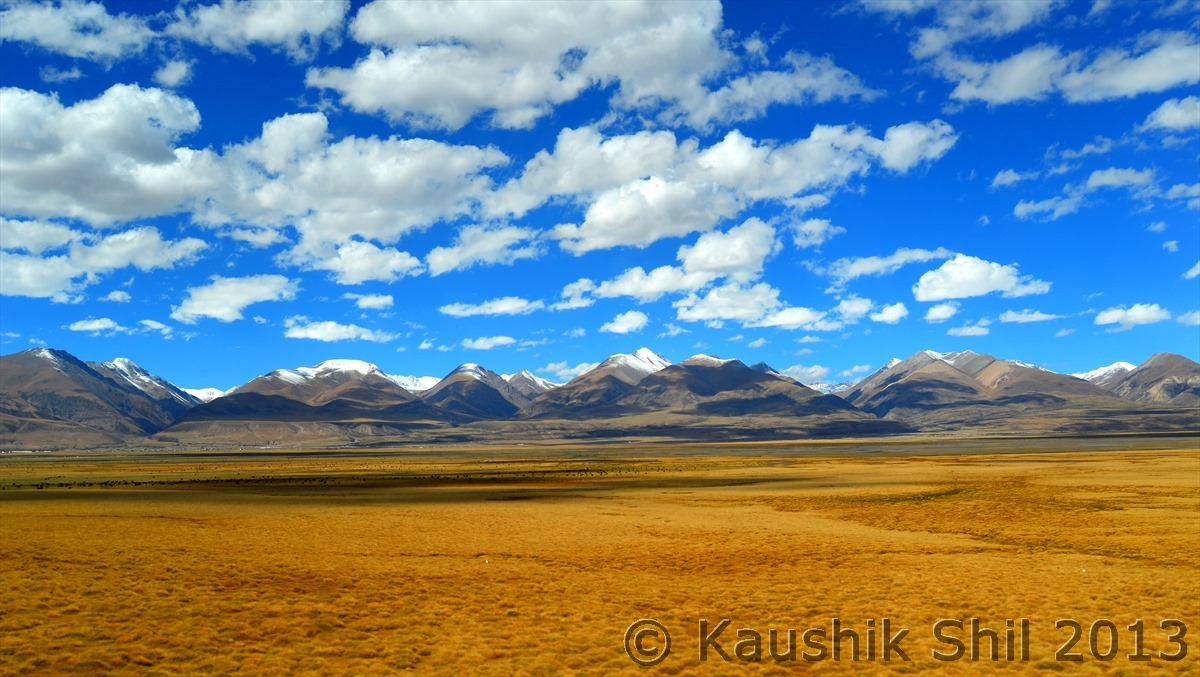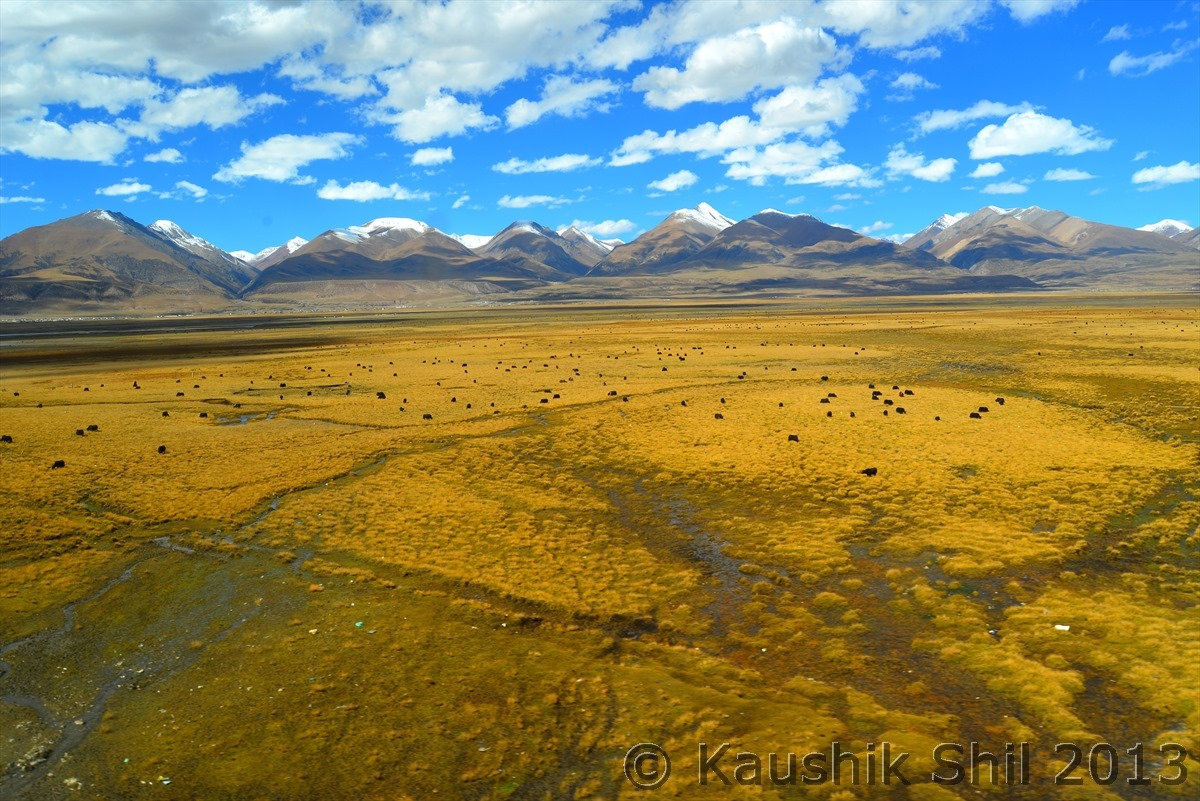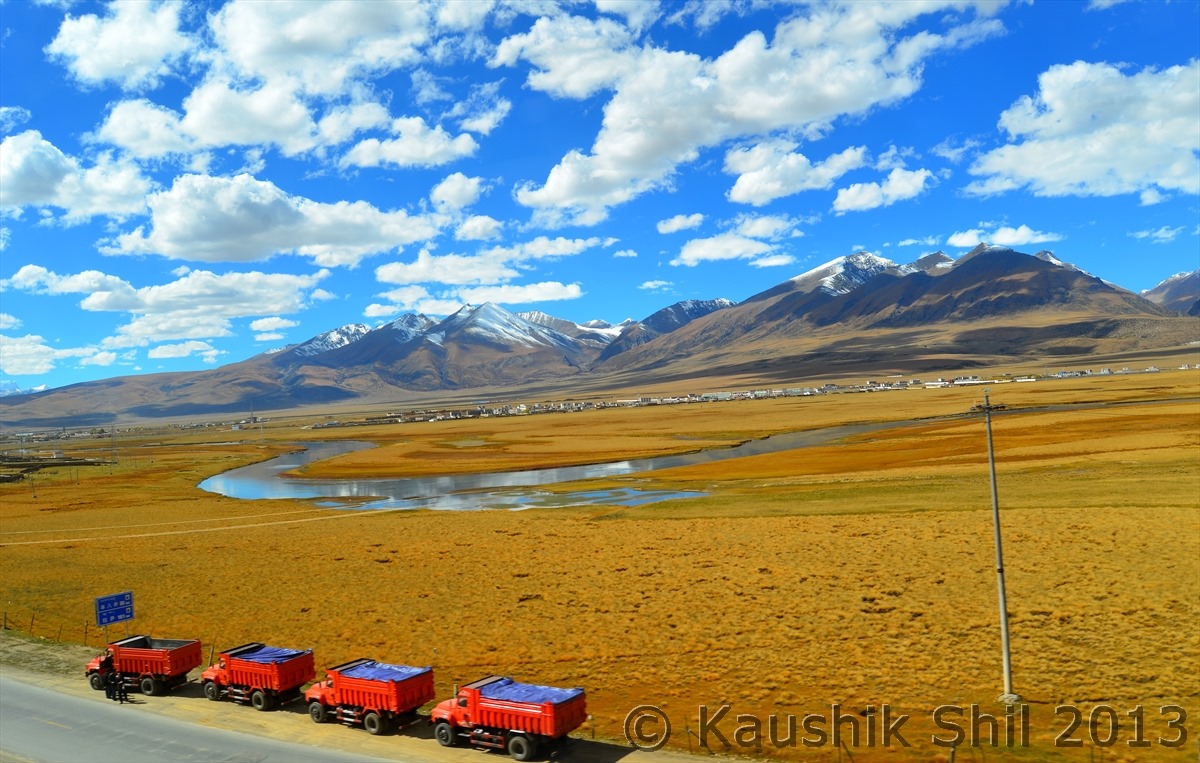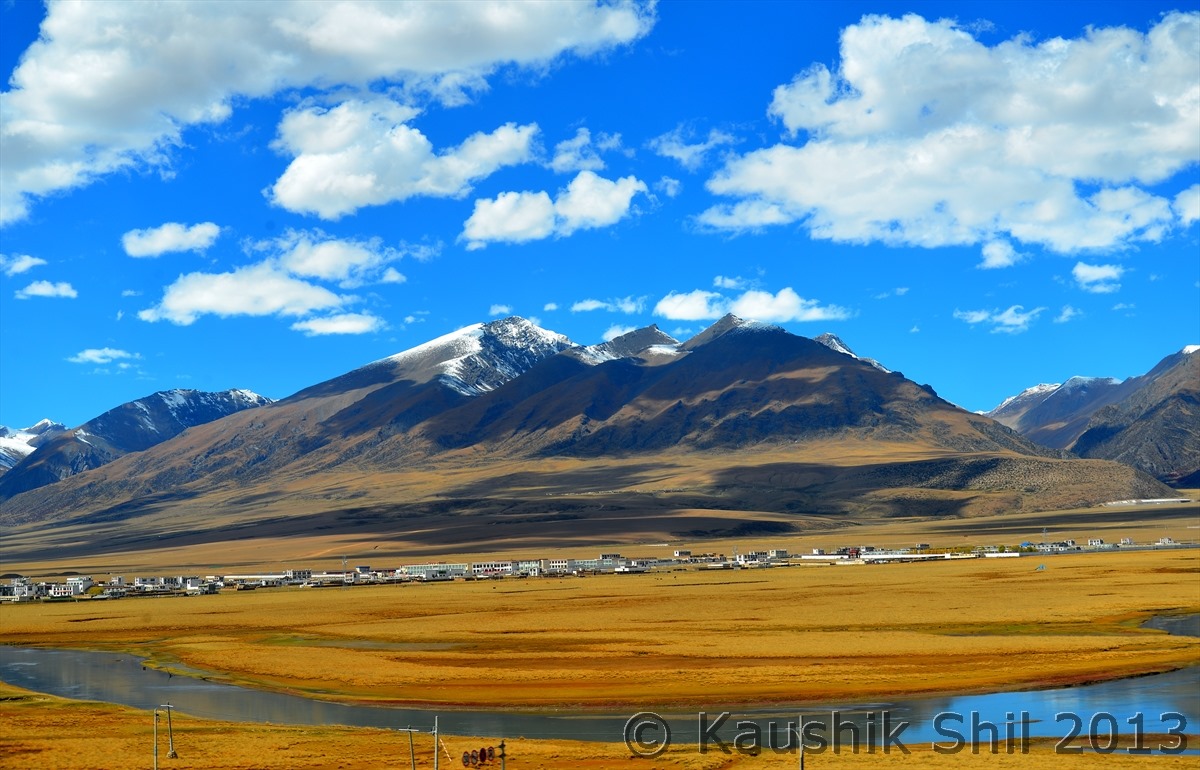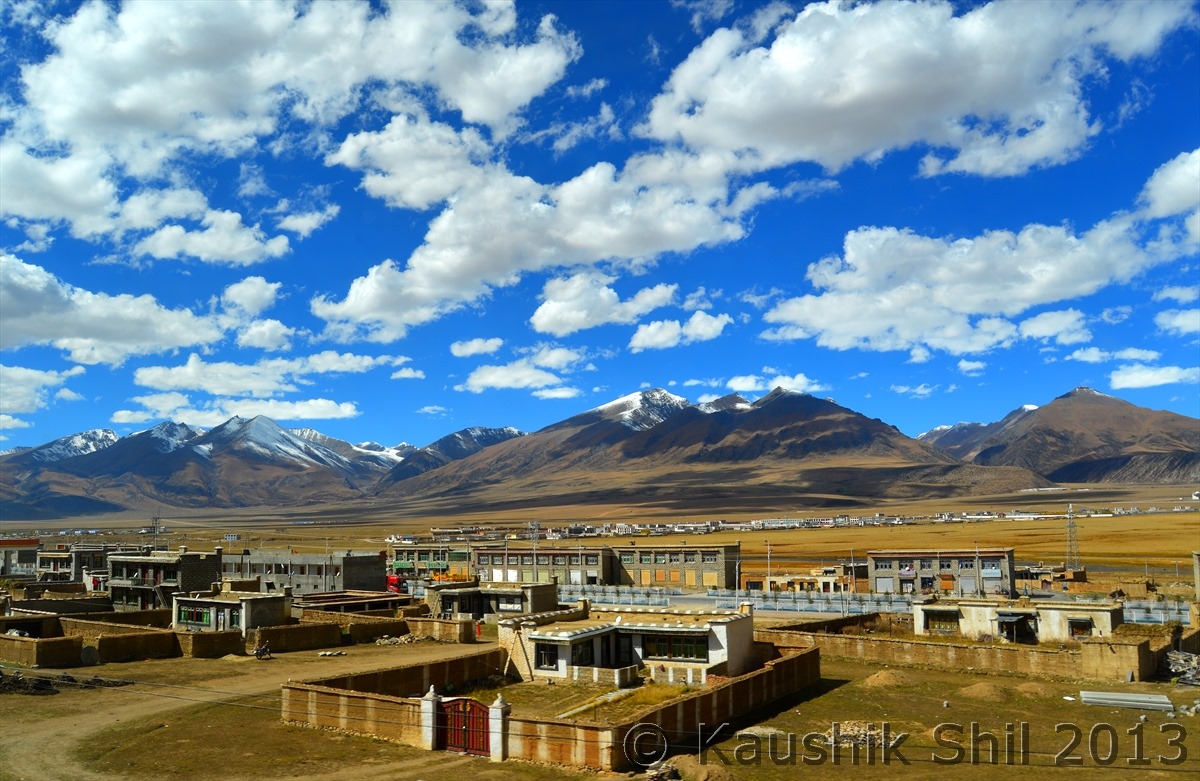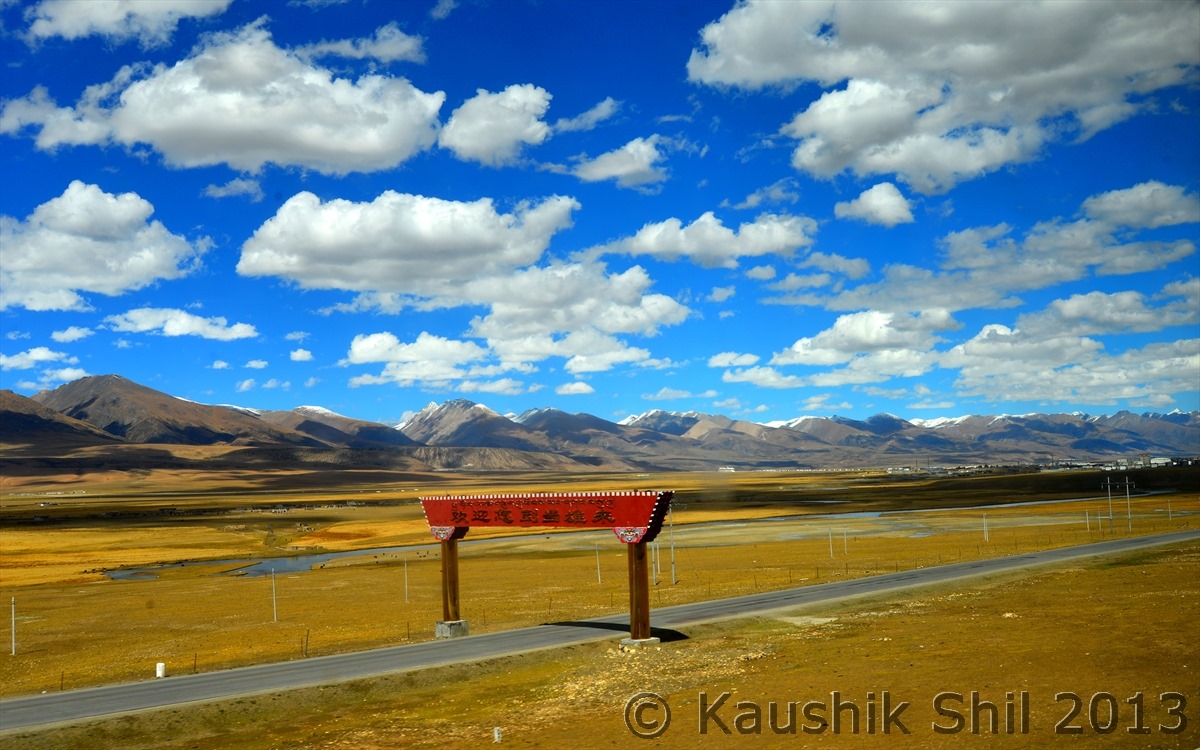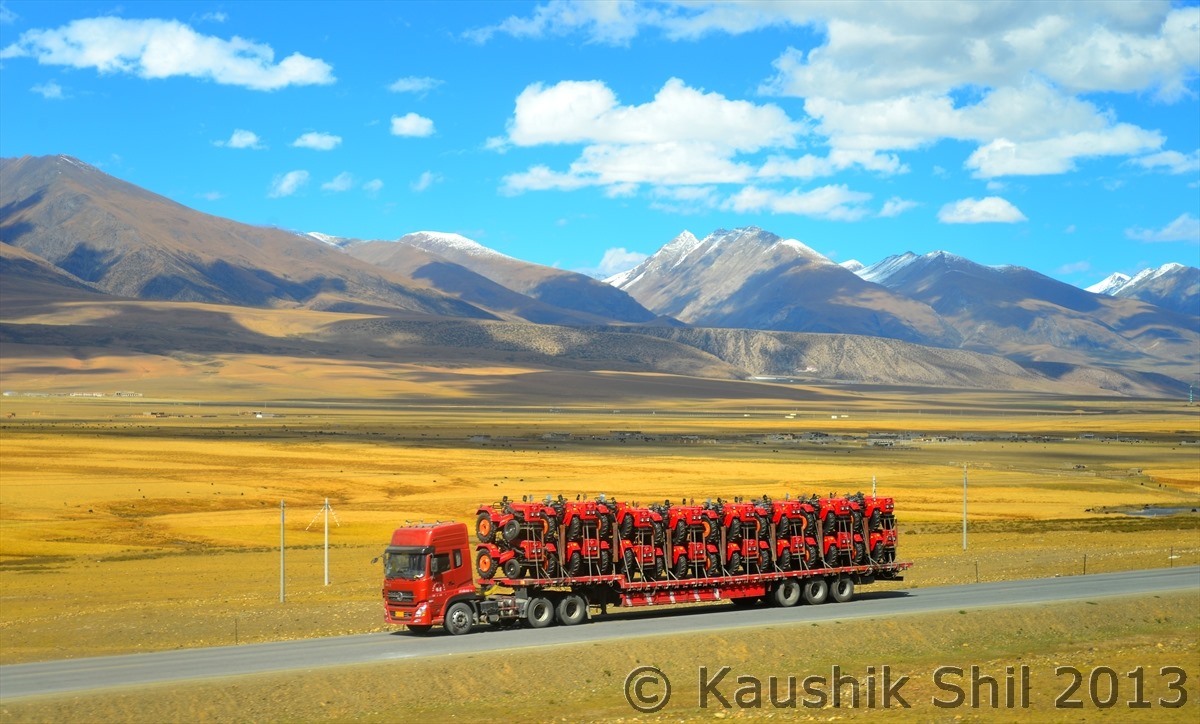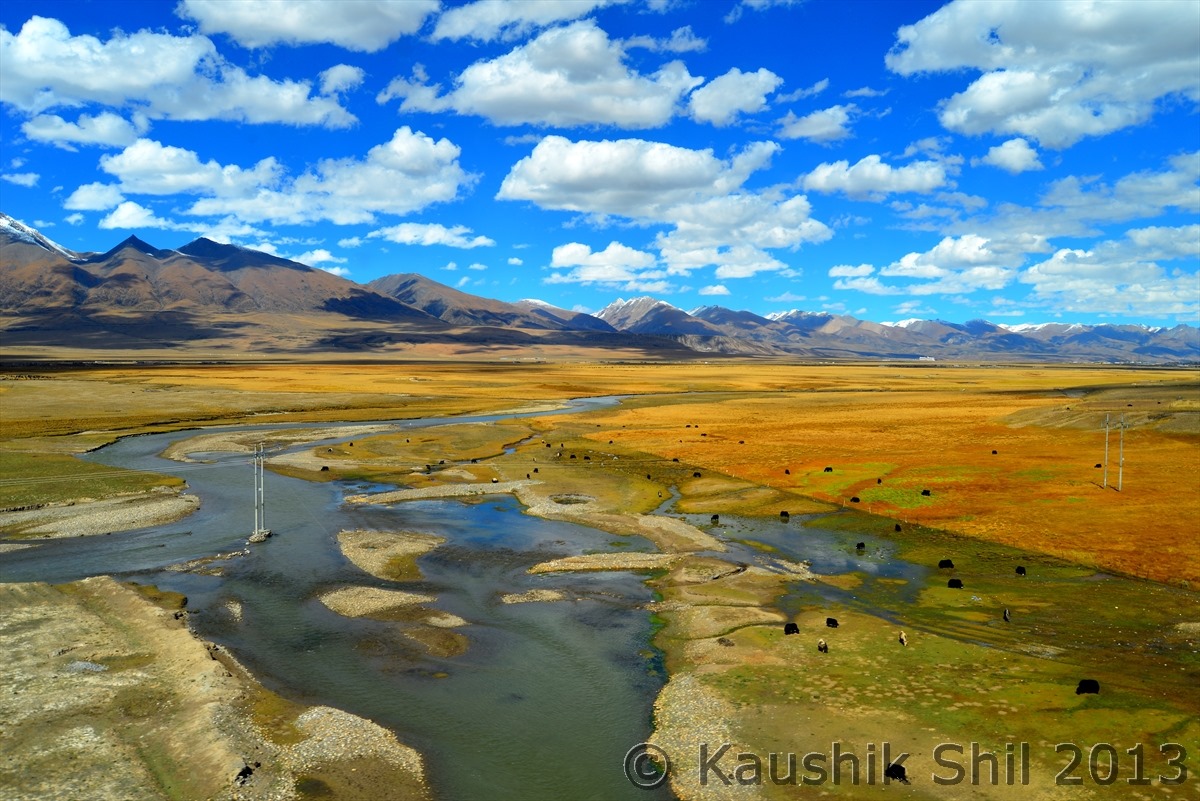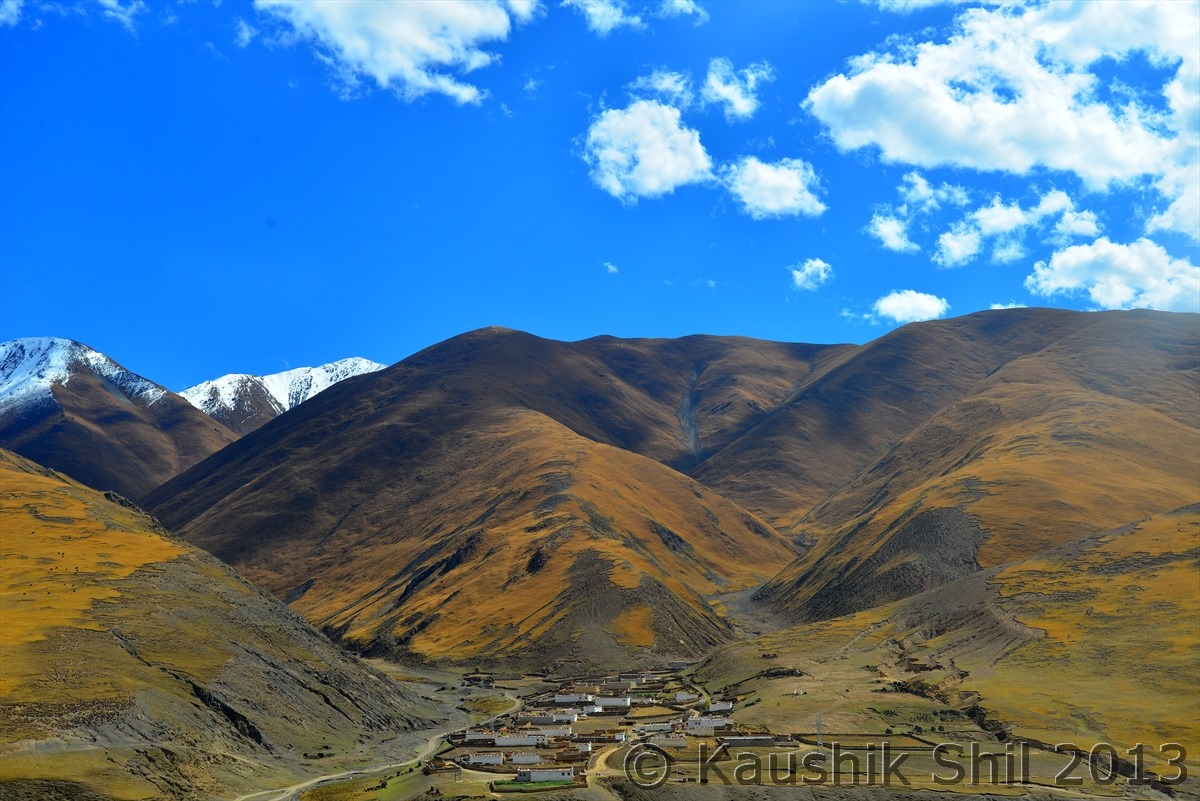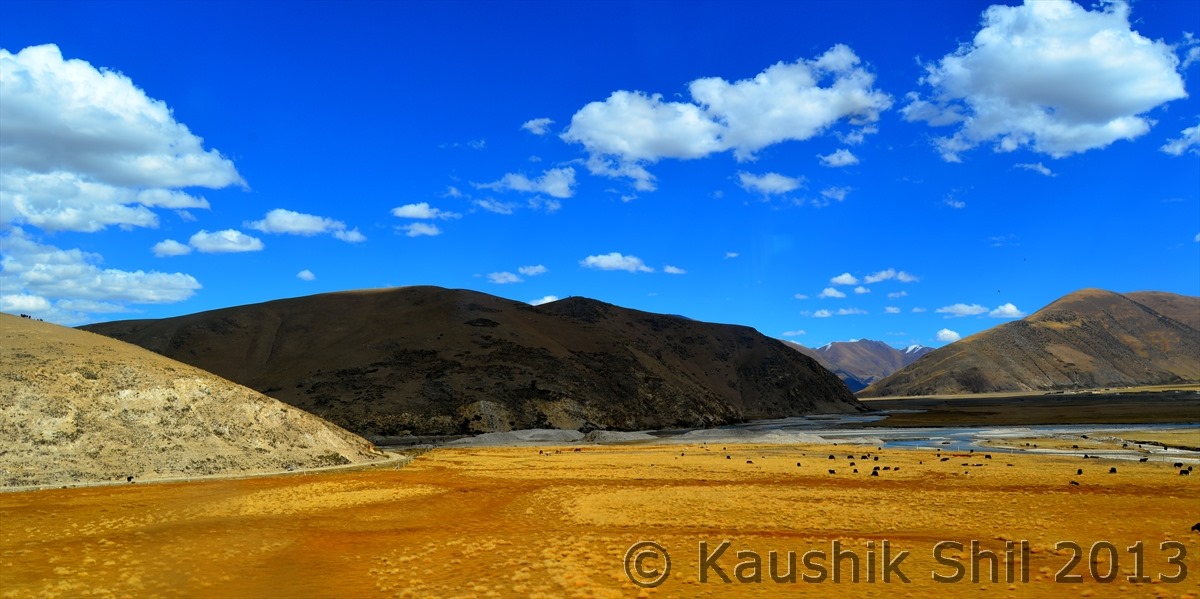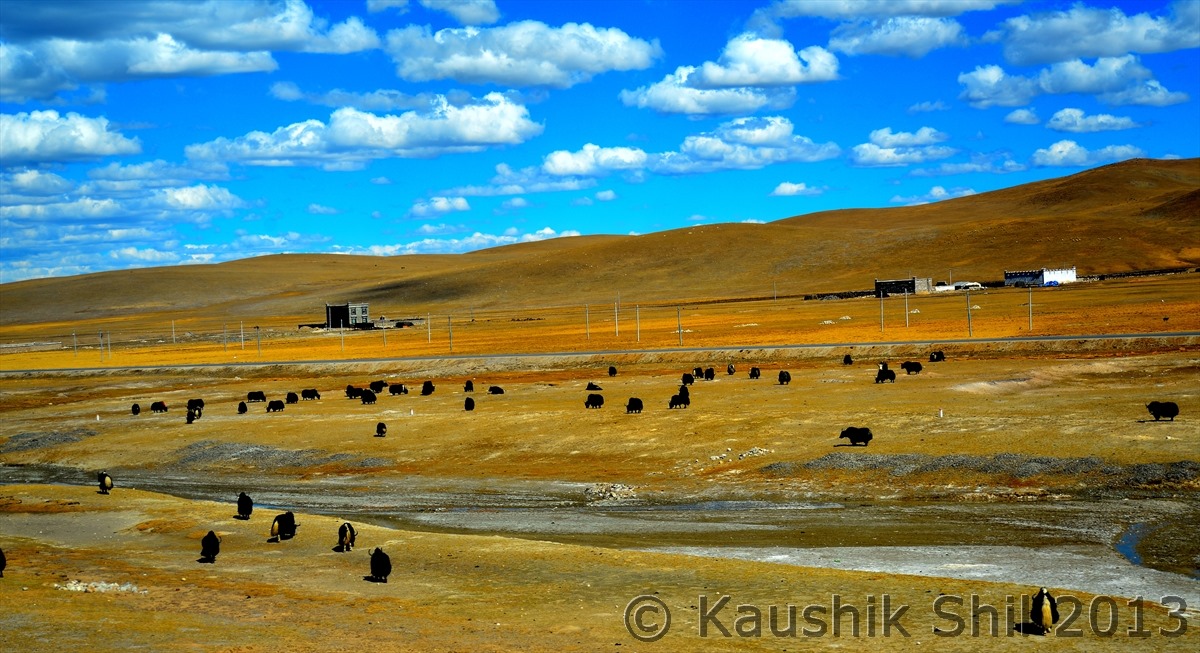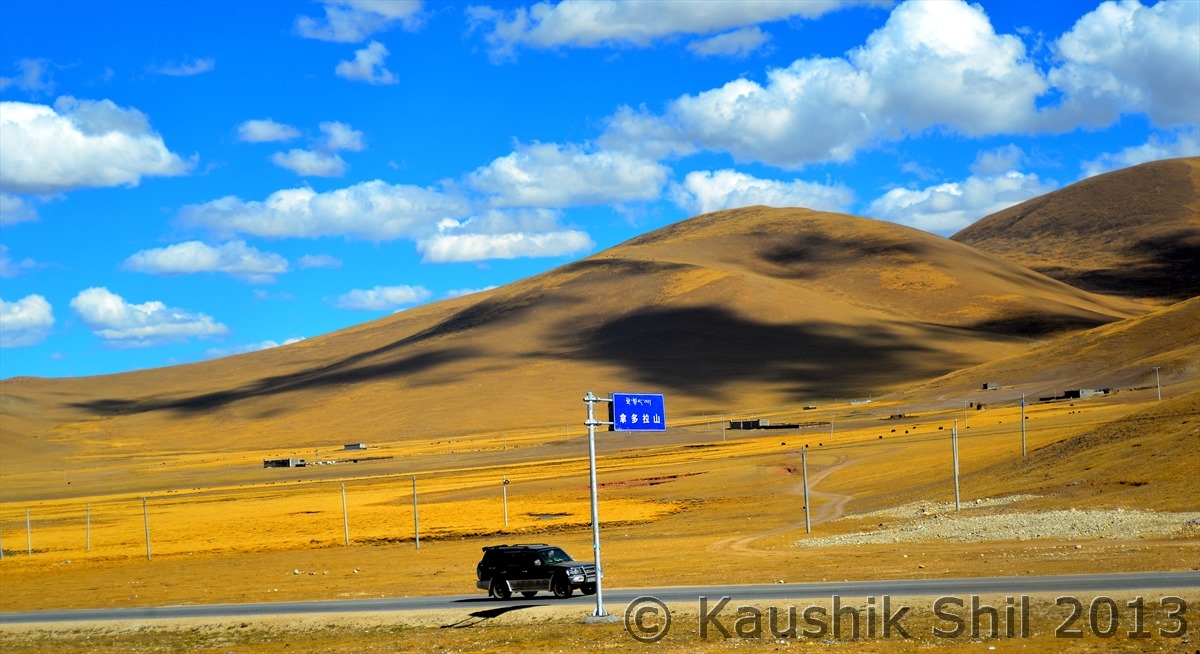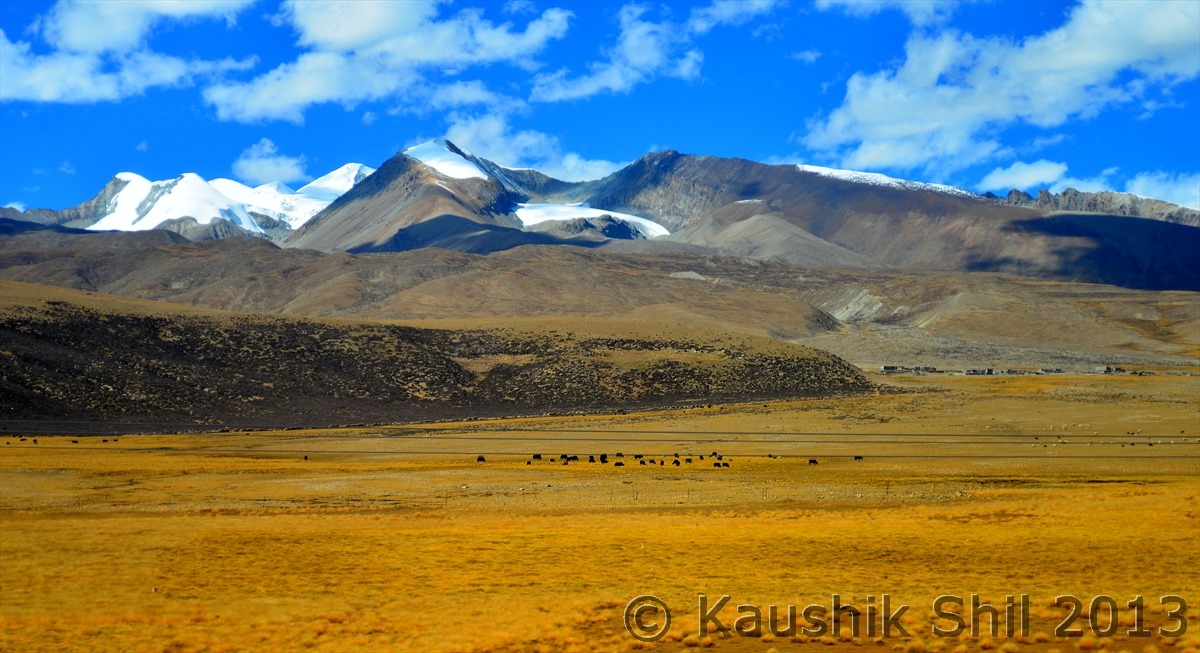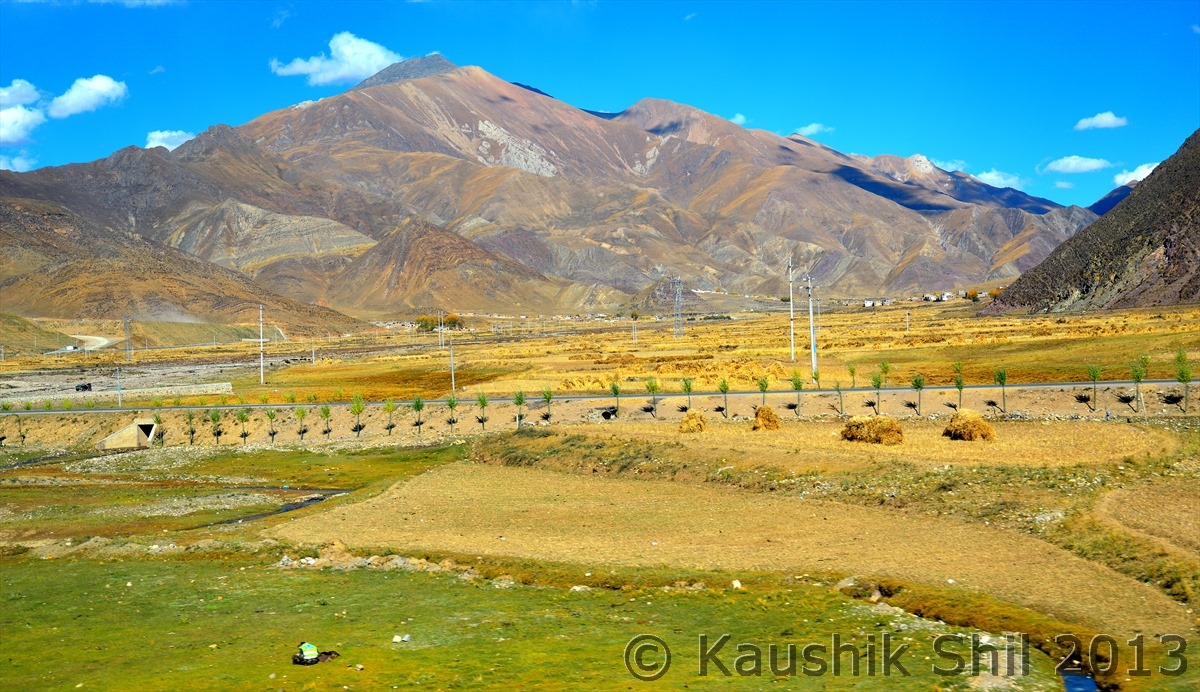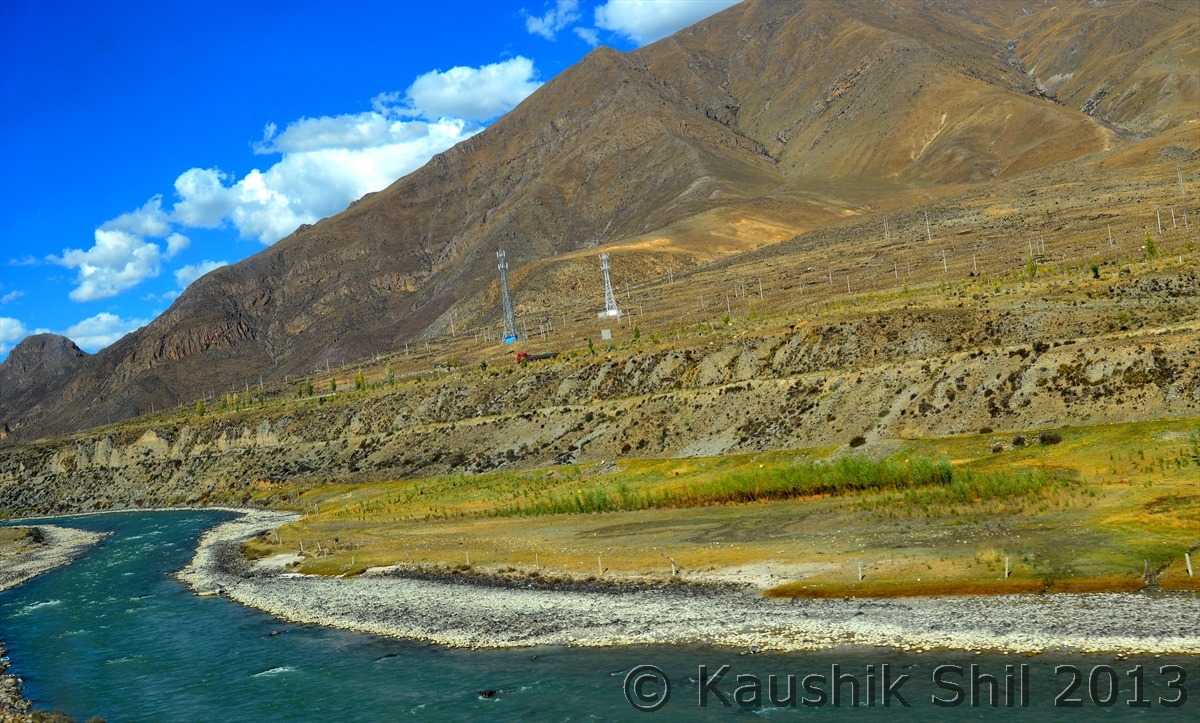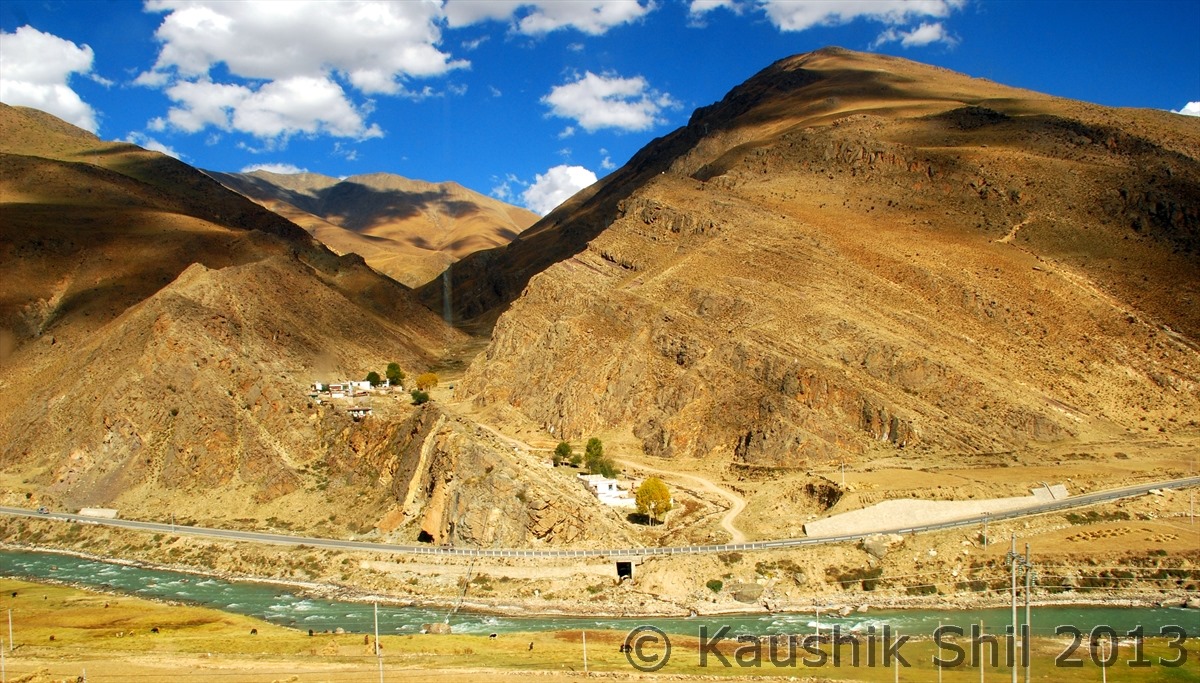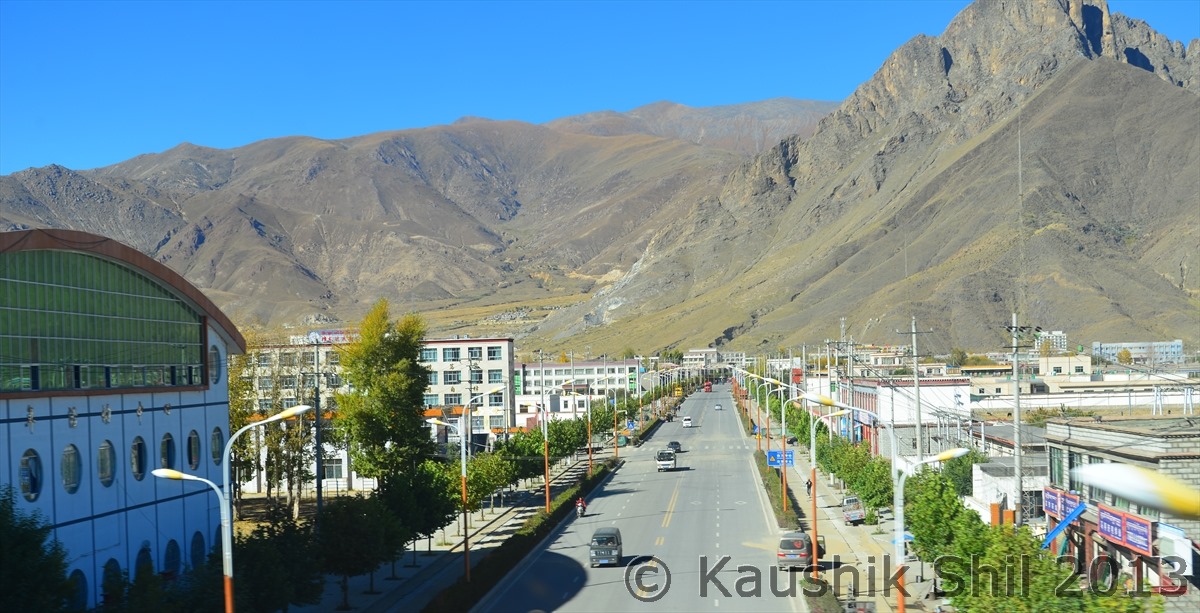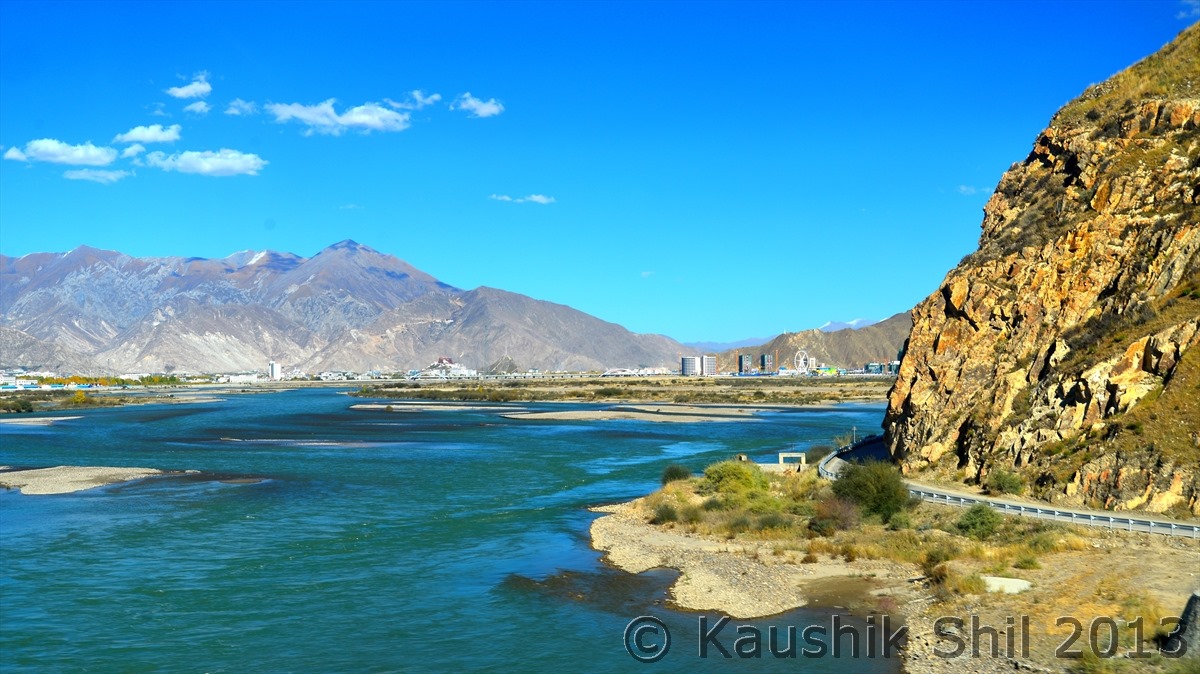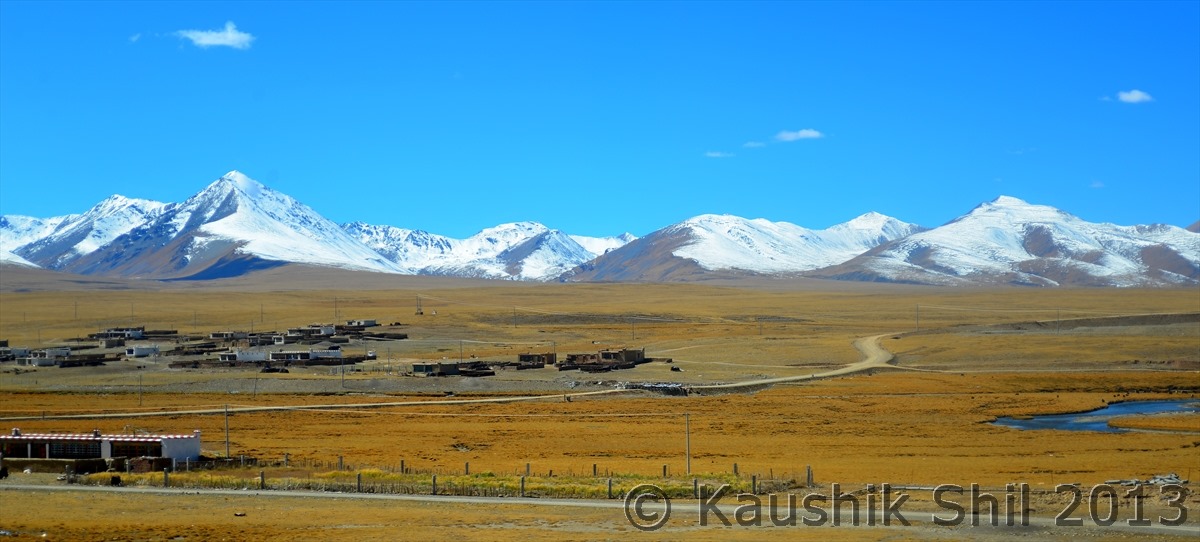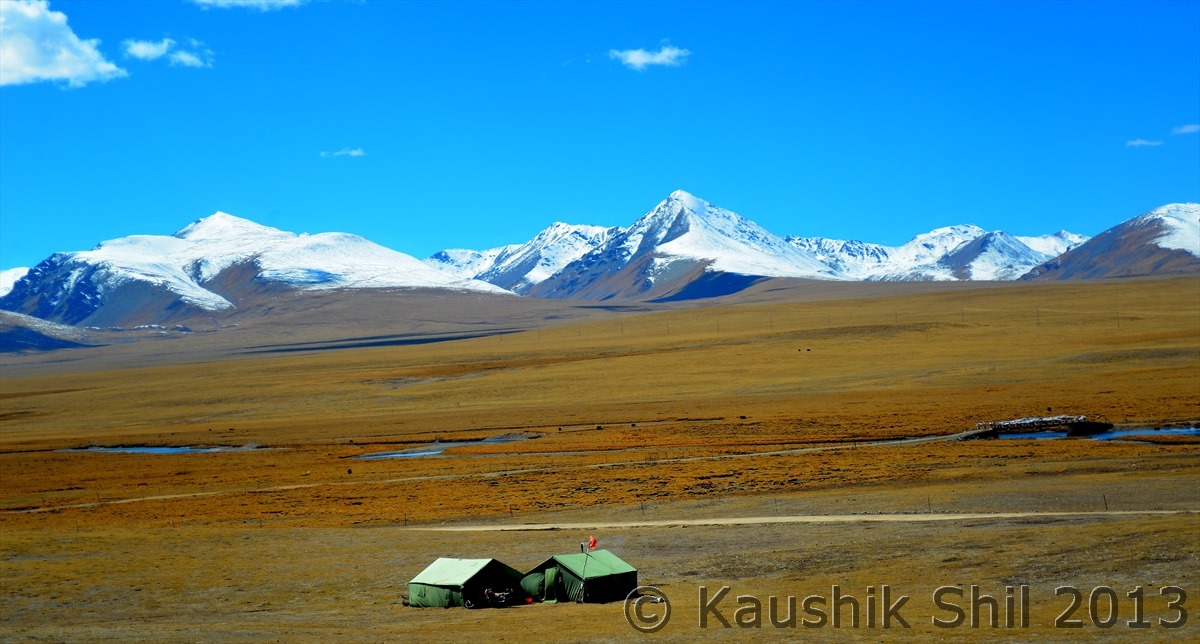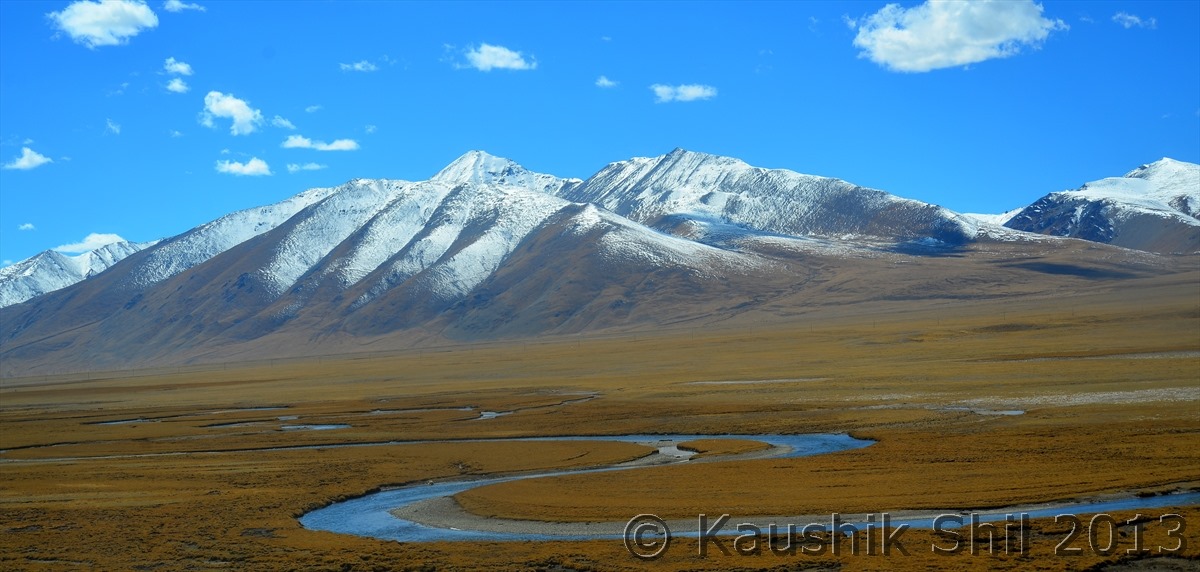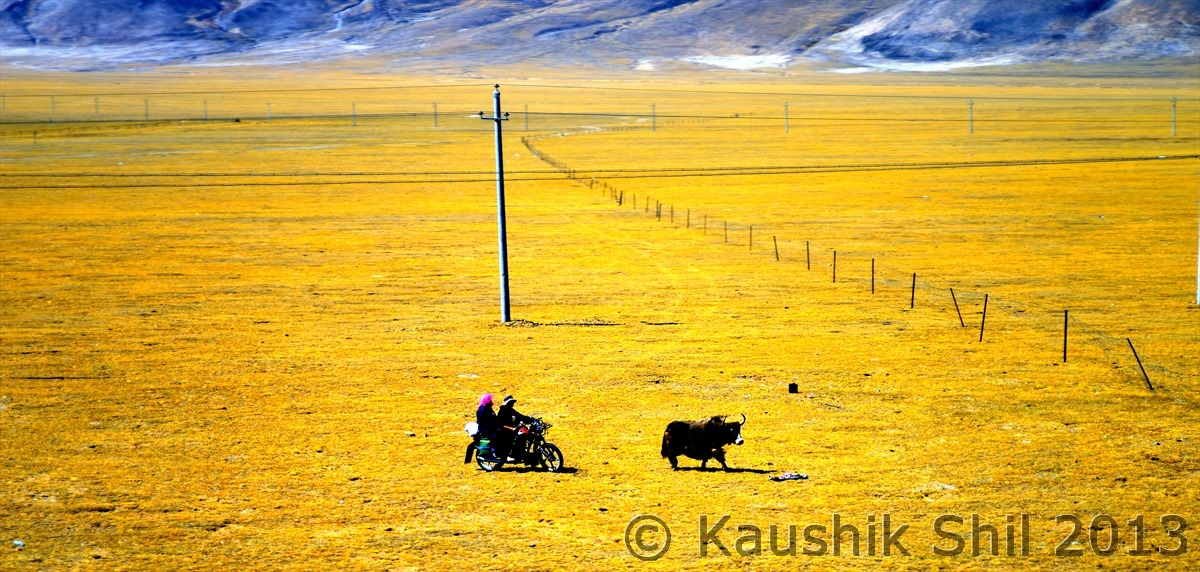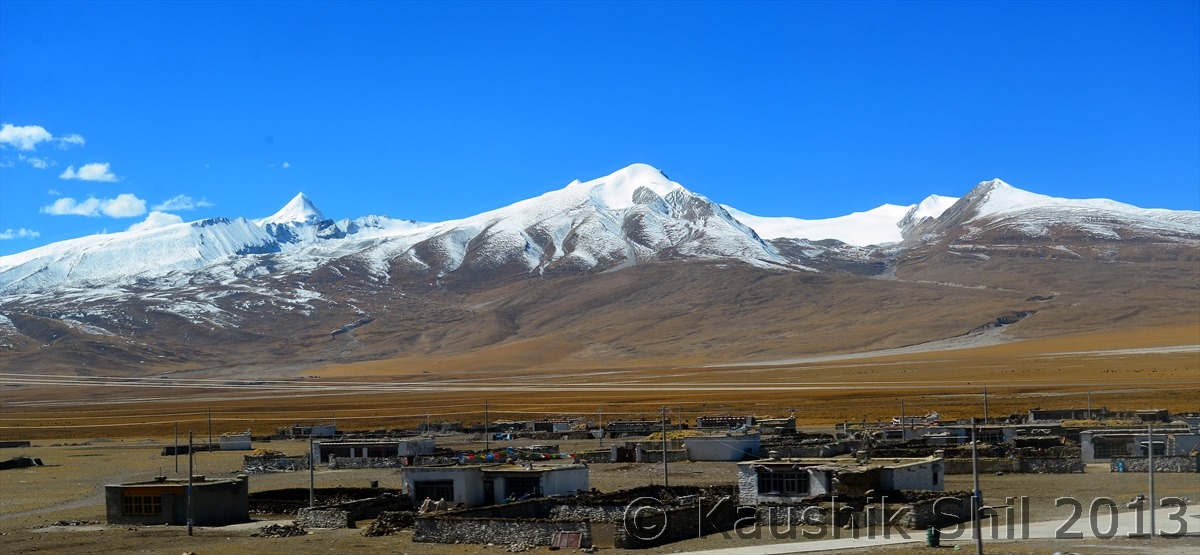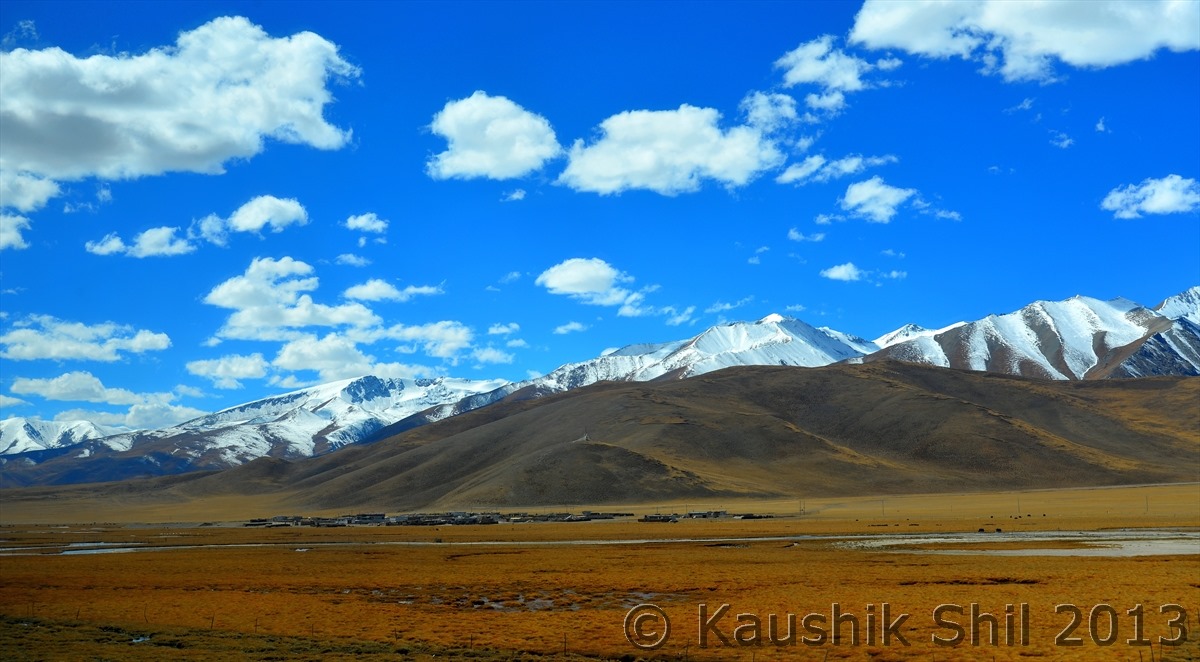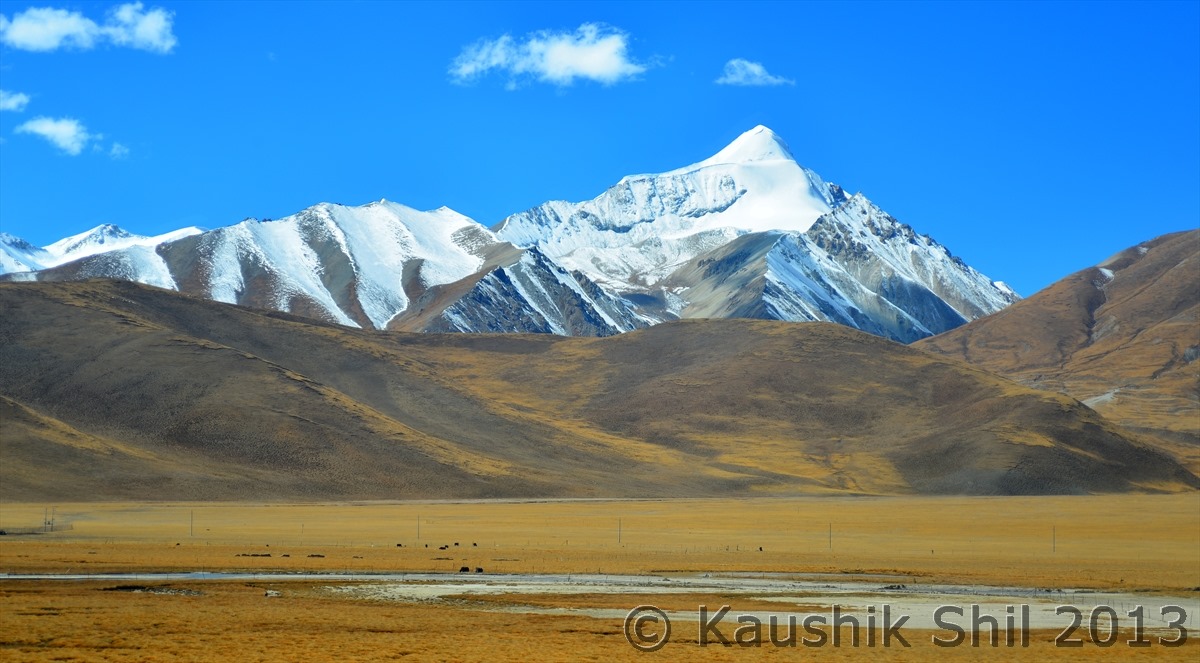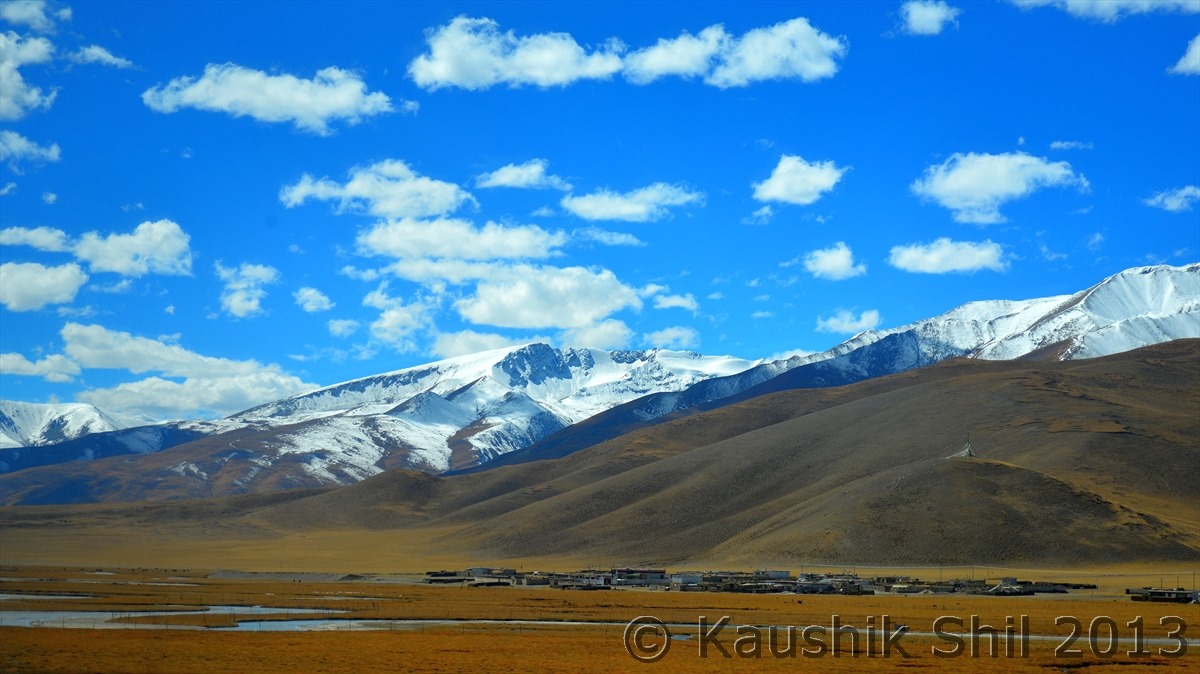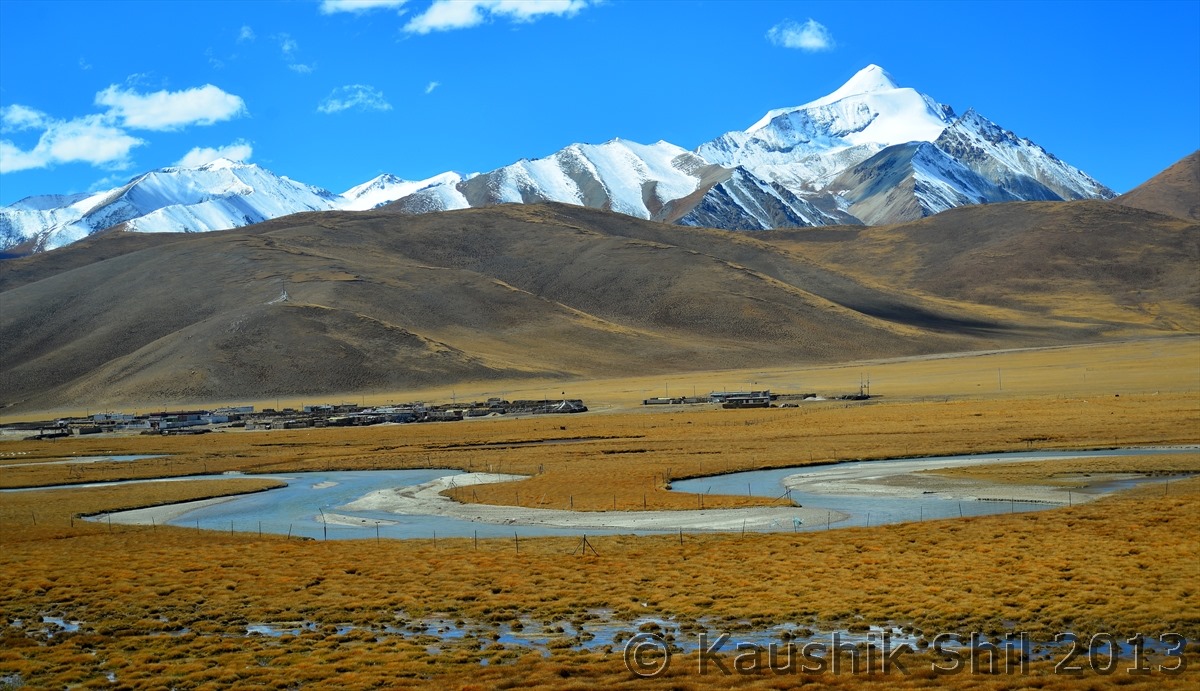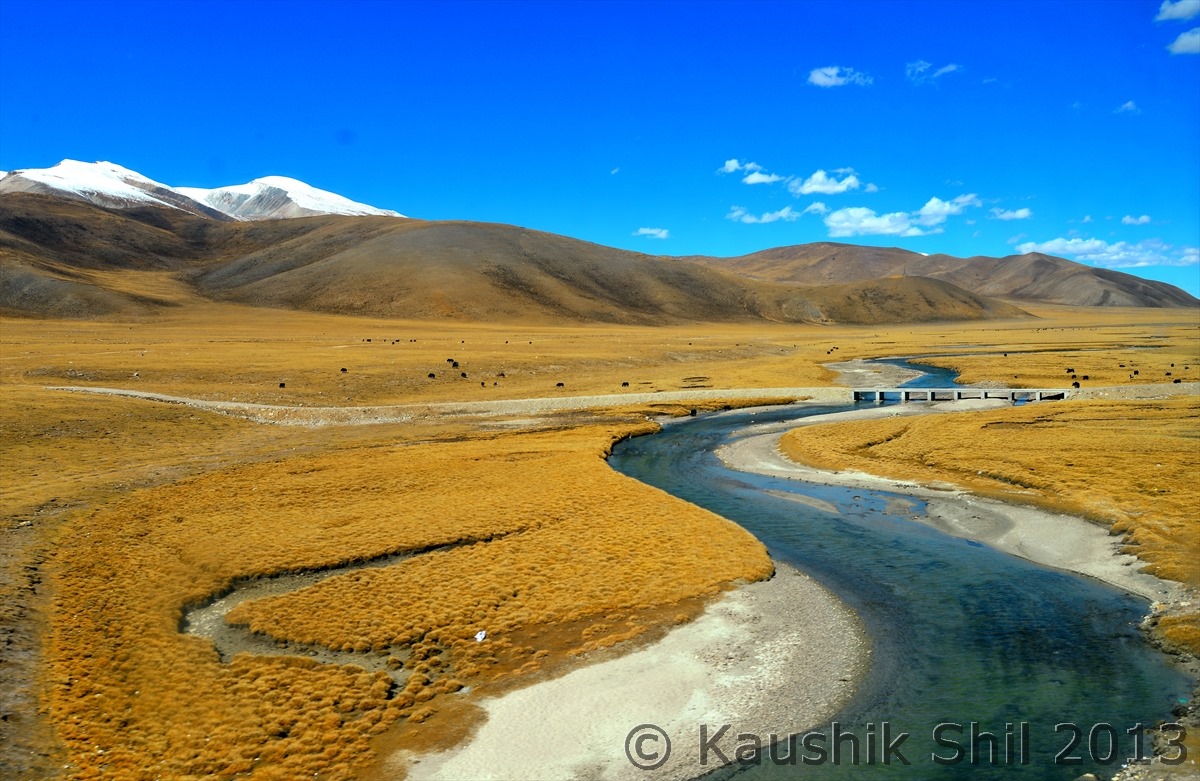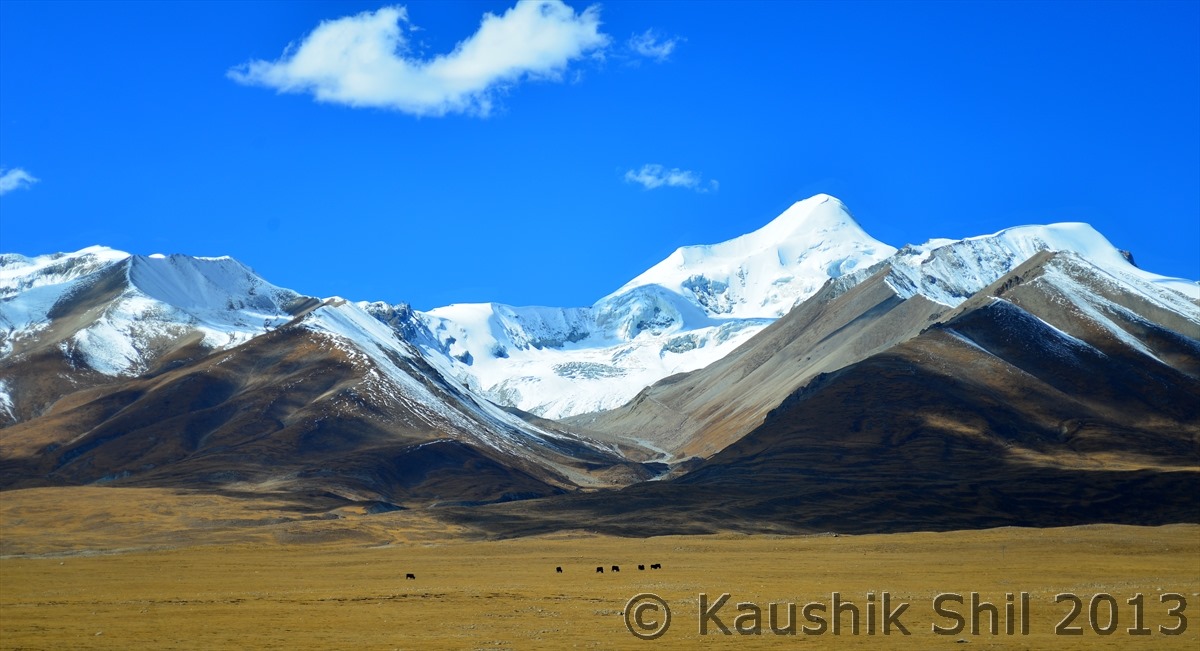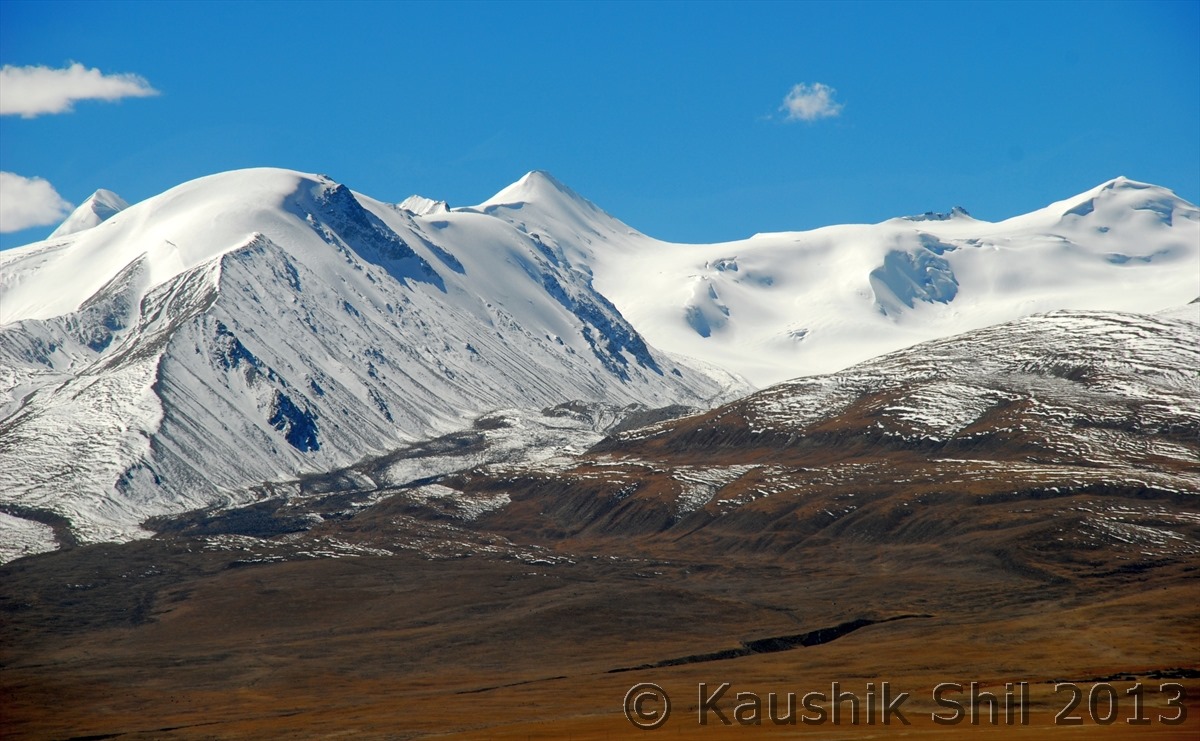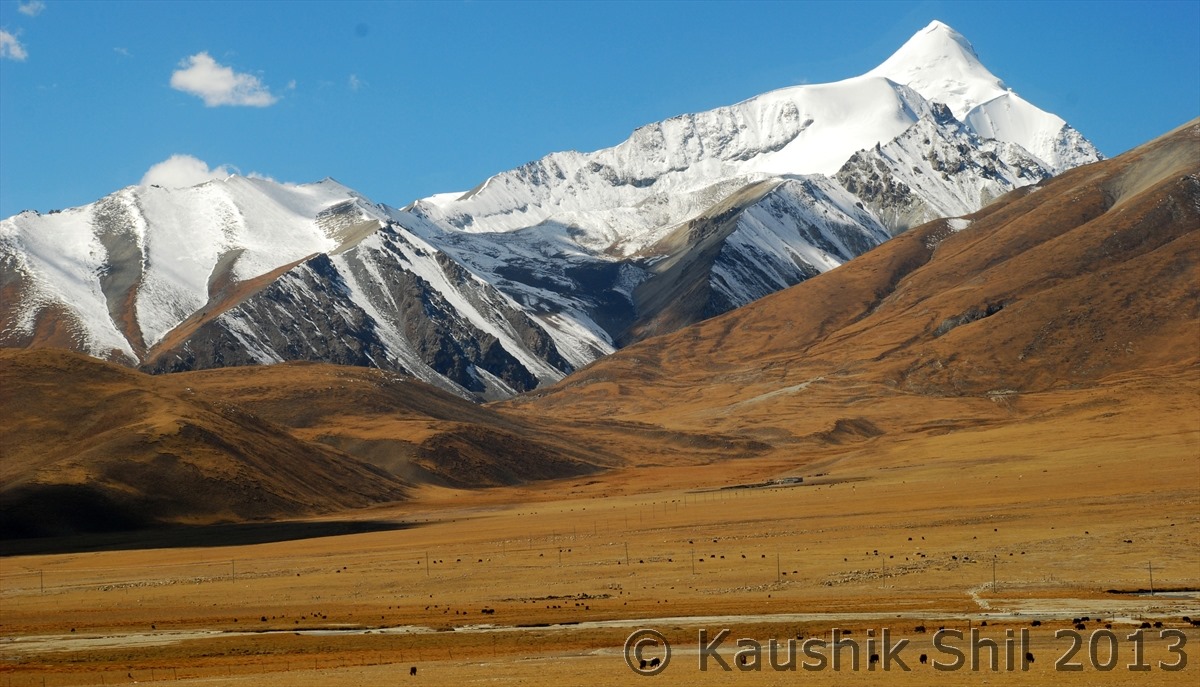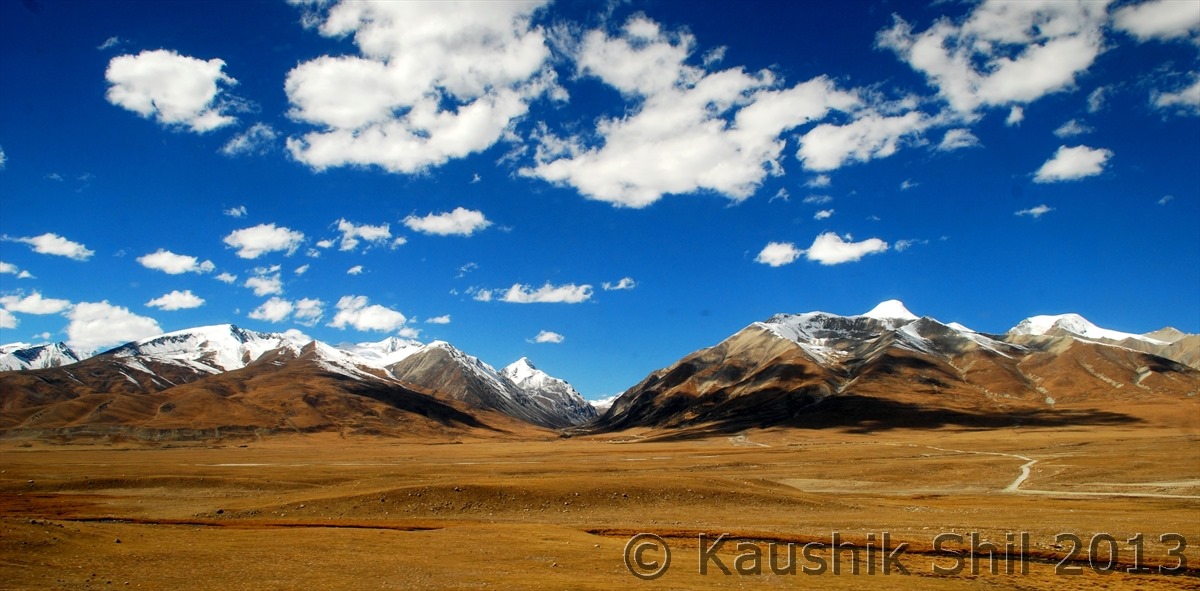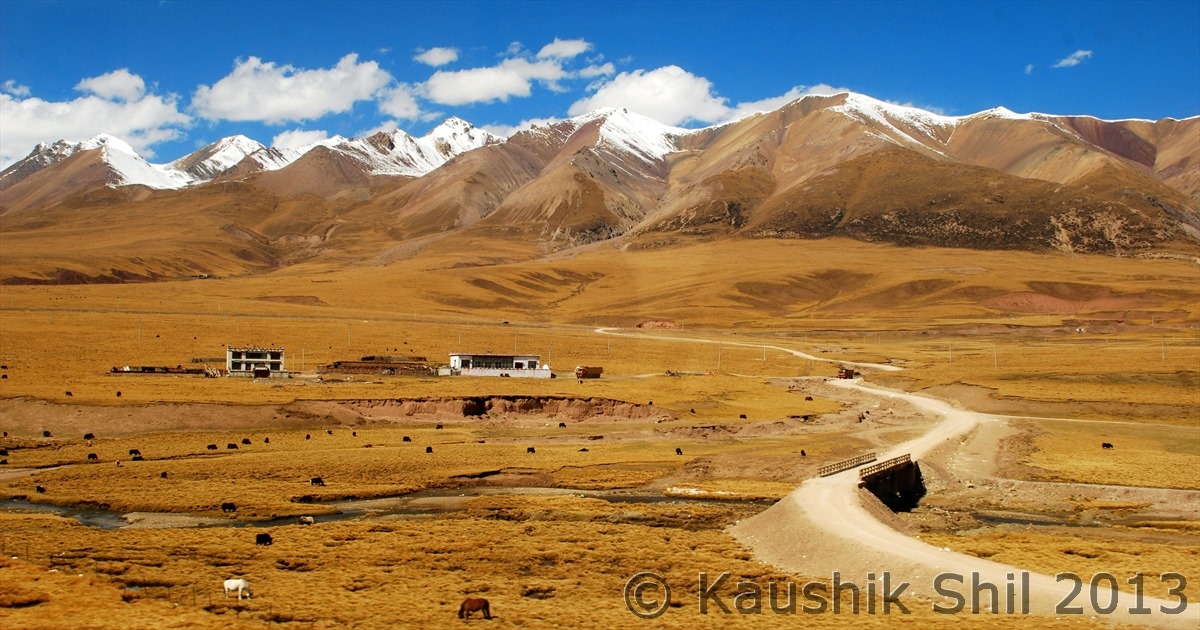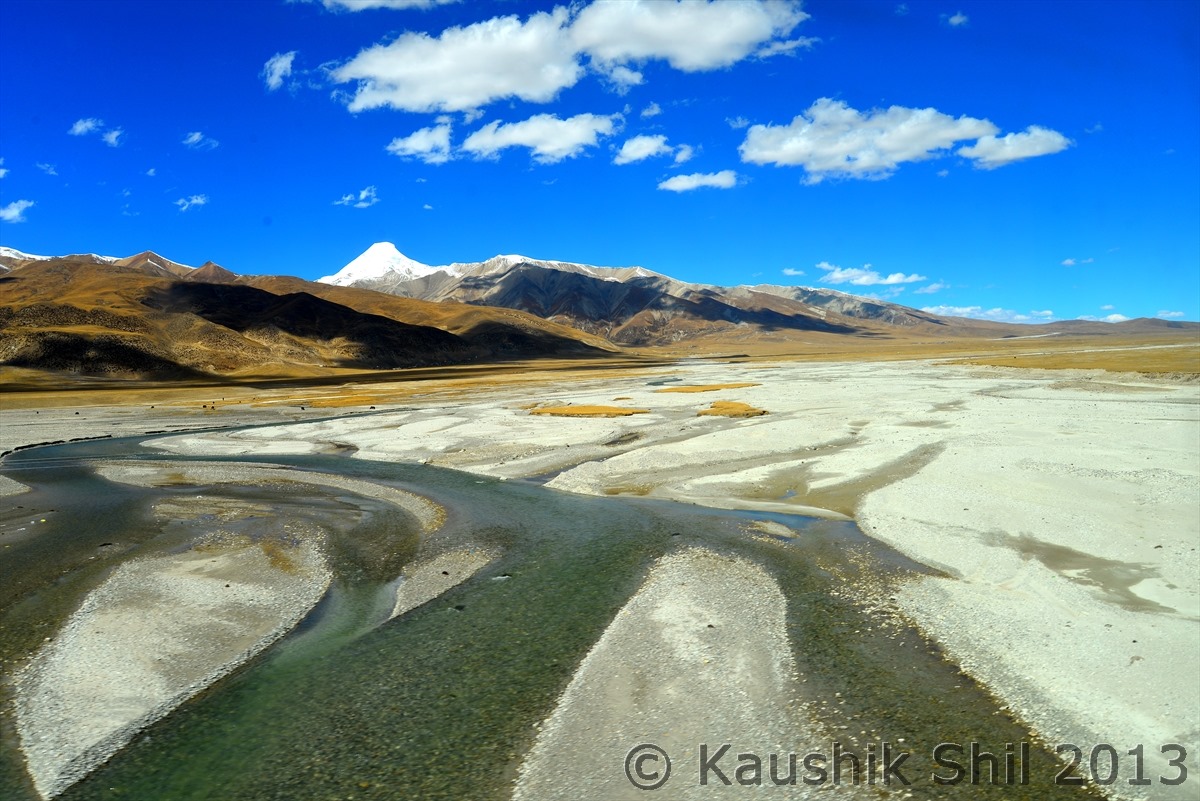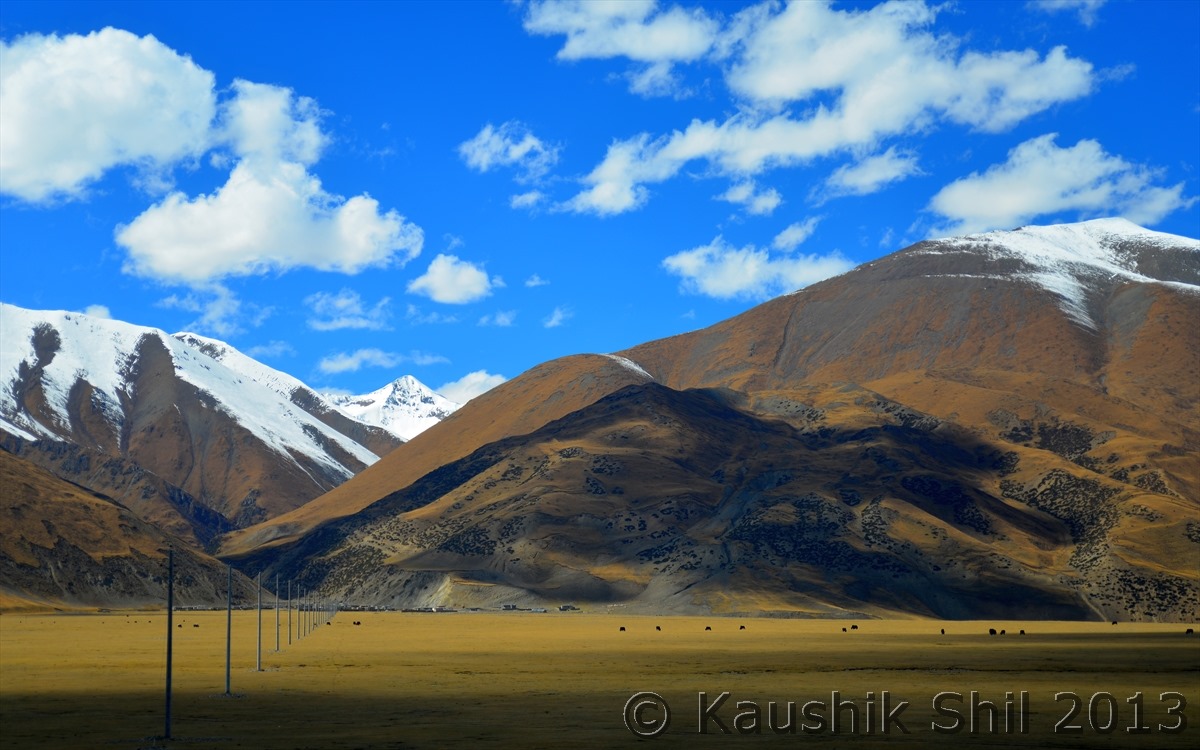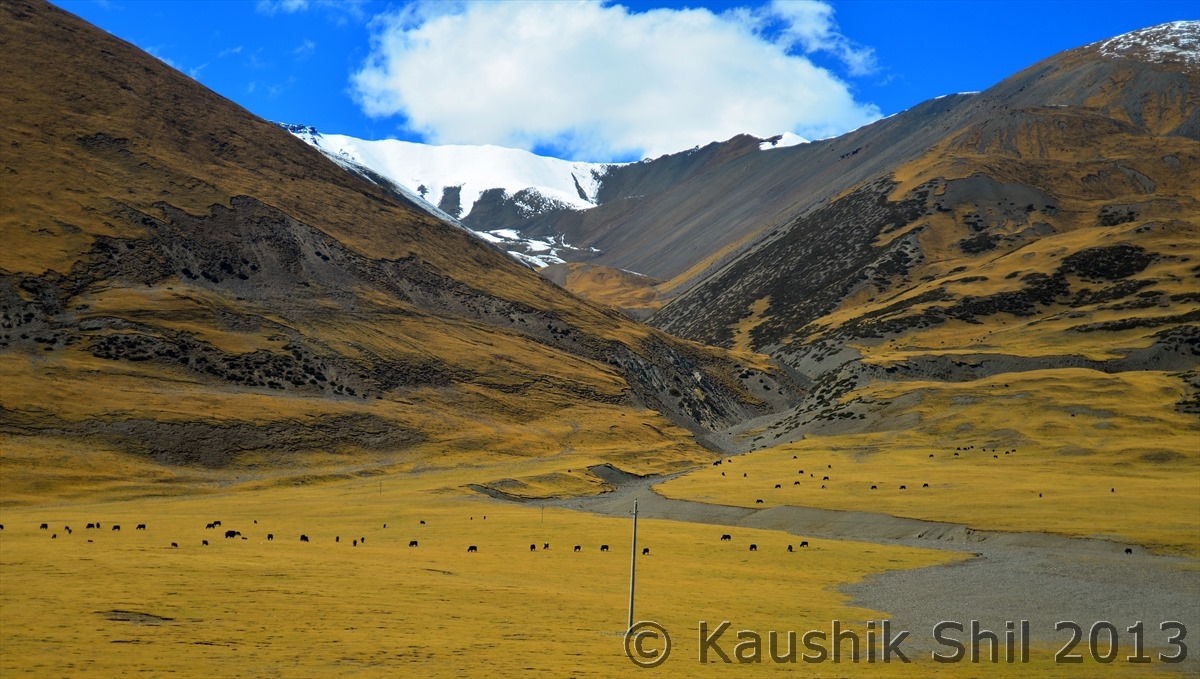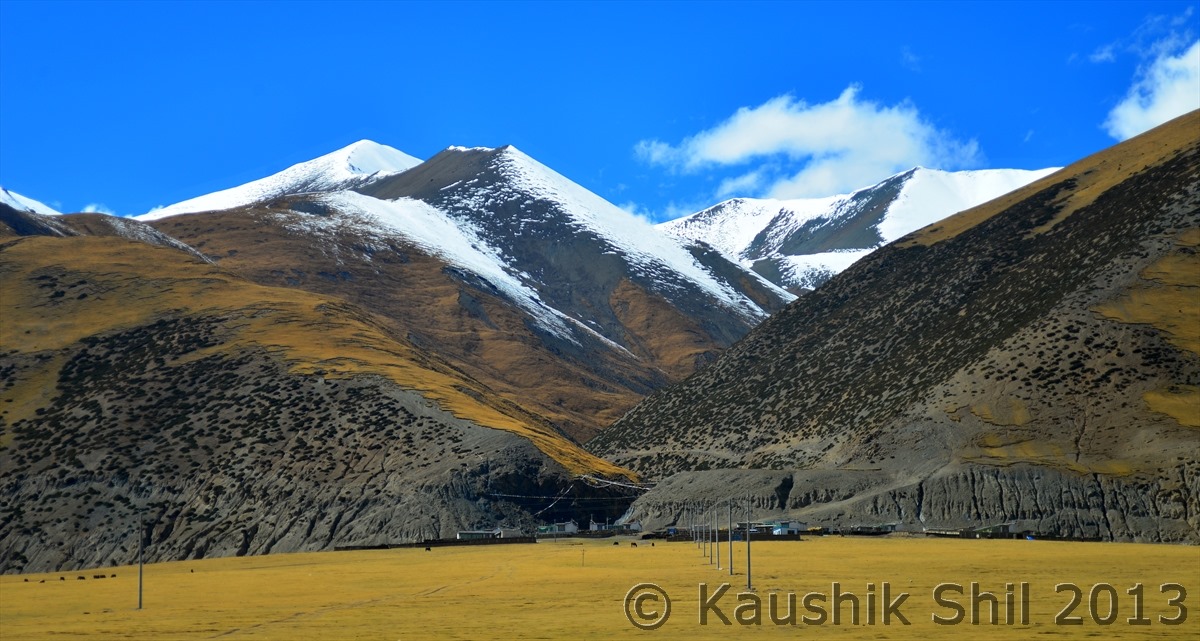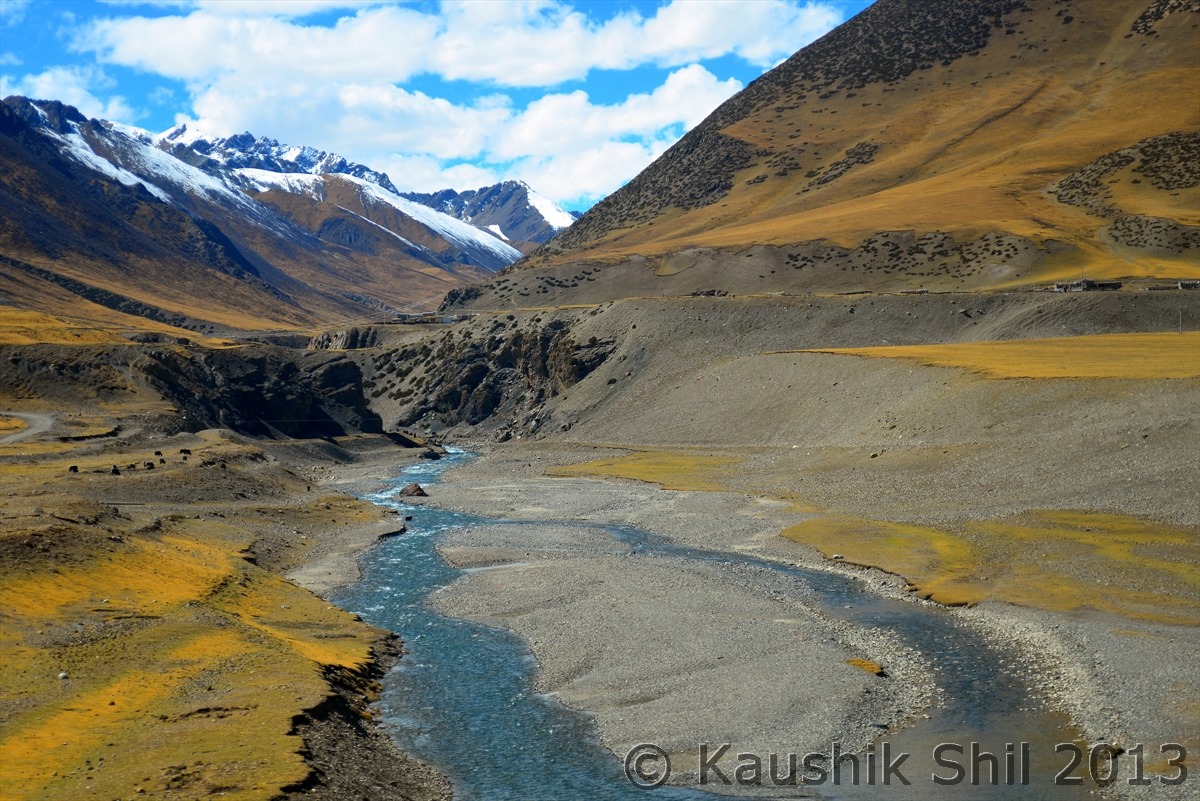Day 20 Continued…
The harsh geo-climatic condition posed immense challenge to build this engineering marvel but the most challenging of them were
1. Doing such a mammoth work in such a great height with very low oxygen level, thus protecting health of the worker
2. Proetction of fragile eco-system of the region when building the railway track
3. Building 550km of rail road through permafrost (perennially frozen ground) region.
Low Oxygen Level:
85% of the track goes over 4000 meter where Oxygen level is 50% to 60% of sea level and many places annual average temperature is close to freezing point. To ensure the health of the workers and engineers, 115 medical facilities with around 600 medical professionals were deployed in project. 17 Oxygen producing plants were installed and a clinic in every 10km was setup allowing sick workers to access medical treatment rapidly and effectively. Chinese Claims that during 5 years of construction of this 2000km track not a single worker lost his life.
Fragile Eco System:
Qinghai Tibet Plateau is having a very fragile ecosystem and home to many rare animals and source of most of the rivers in China. China invested almost 2 Billion CNY to protect the eco system as a part of the whole project cost.
All waster waters were processed in sewage treatment plant and solid waste was recycled before discharging.
Routes were realigned to minimize the impact on animals like Tibetan Antelope, Wild Ass etc. even though that increased the project cost substantially.
25 passageways built for animals based on their migration habit and fences were installed on both sides of railway track to prevent wild animals wandering into track.
In order to avoid disturbance the Tibetan antelope mating season in June-July, the builders stopped work for a period, withdrew equipment from construction site, and also removed the colored flags, which would alert frighten the Tibetan Antelope.
Construction sites were selected and designed to ensure that vegetation was not destroyed. To prevent damage to permafrost, wetlands and grasslands, 675 bridges with a total length of about 160km were built between Golmud and Lhasa which was almost one seventh of the total distance of this section.
Since the operation of Qinghai-Tibet Railway in 2006, all the stations use environment friendly energy sources such as electricity, solar energy, wind energy for heating. All garbages are collected, processed and recycled in all the stations and all the rail cars.
Permafrost Region:
Around 550km the railway track had to pass through the places with permafrost which features soft and wet soil in summer and hard and stretching soil in winter, ensuring the roadbed stability is the biggest challenge to the engineers.
Chinese adopted few techniques like avoiding permafrost as much as possible by building bridge instead of railroad. It’s expensive but has lesser impact on the area. The 12 km long Qingshuihe Bridge is longest bridge ever built on permafrost region.
The most impostant solution to permafrost were stone embankments – a layer of loosely piled chunks of granite about the size of baseballs. that allow enough space between rocks for air to circulate freely and stabilizing the roadbed temperature.
In some places, the engineers buried ventilation pipes in the ground that allow cold air to circulate underneath the roadbed and monitoring systems were installed to see the temperature change along the railroad.
The Tuotuo River sources from main peaks of Tanggula Range, which is source of China’s longest river Yangtze:
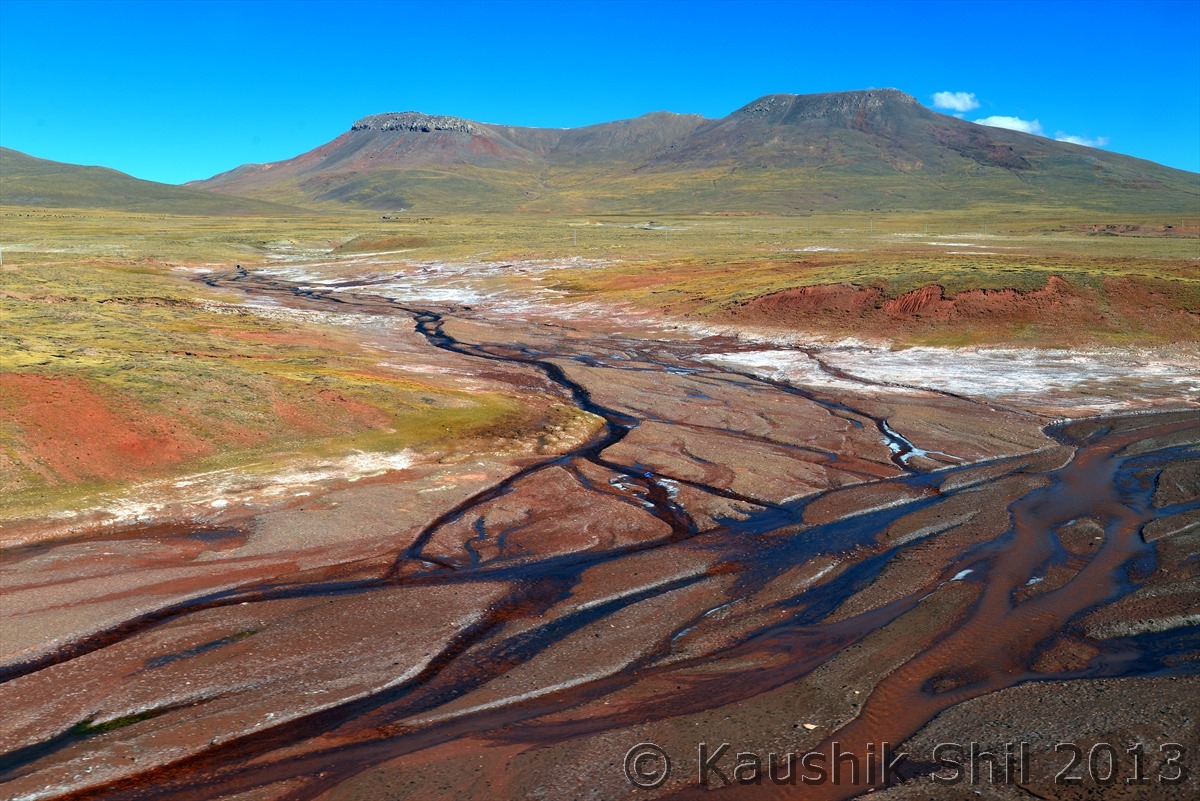
Amazing Grass land and Pastureland:
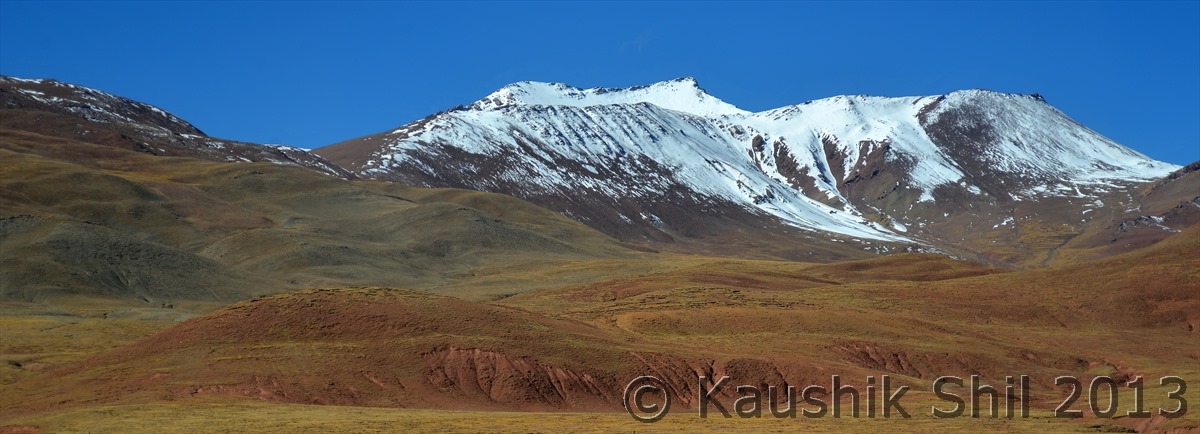
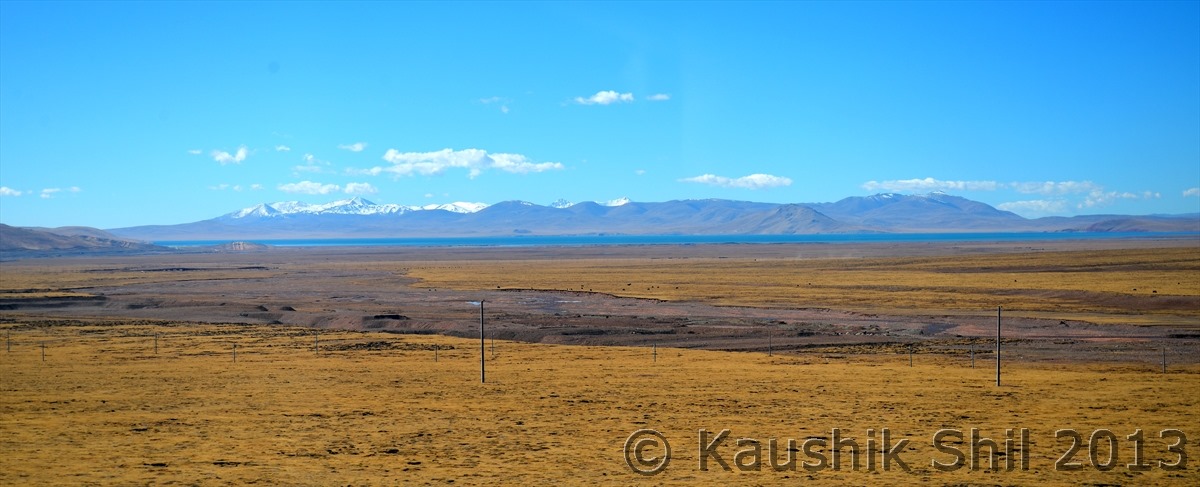
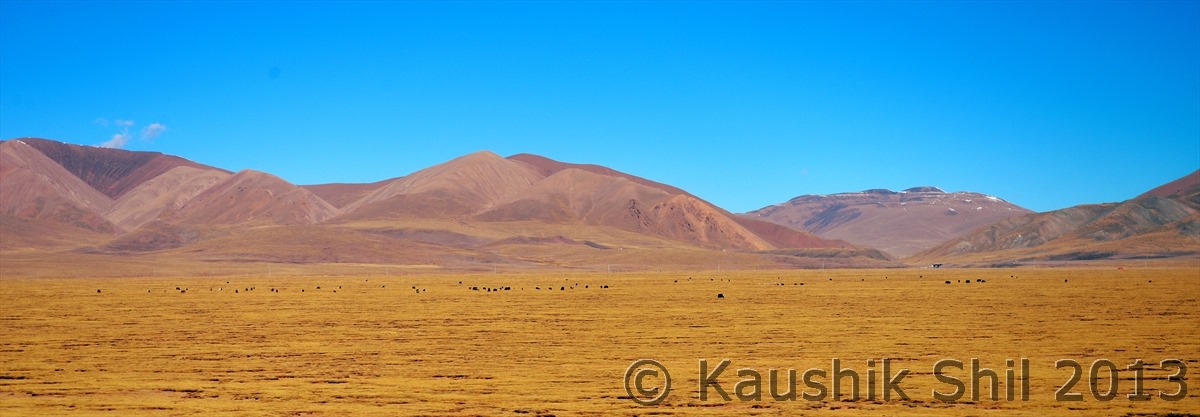
Old Tibetan Village:
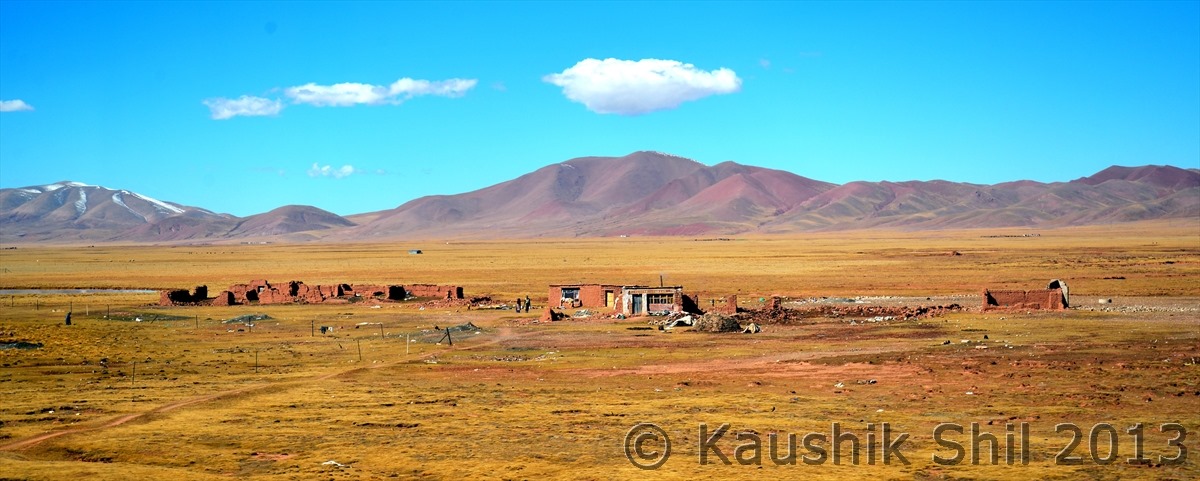
How many shades God used here:
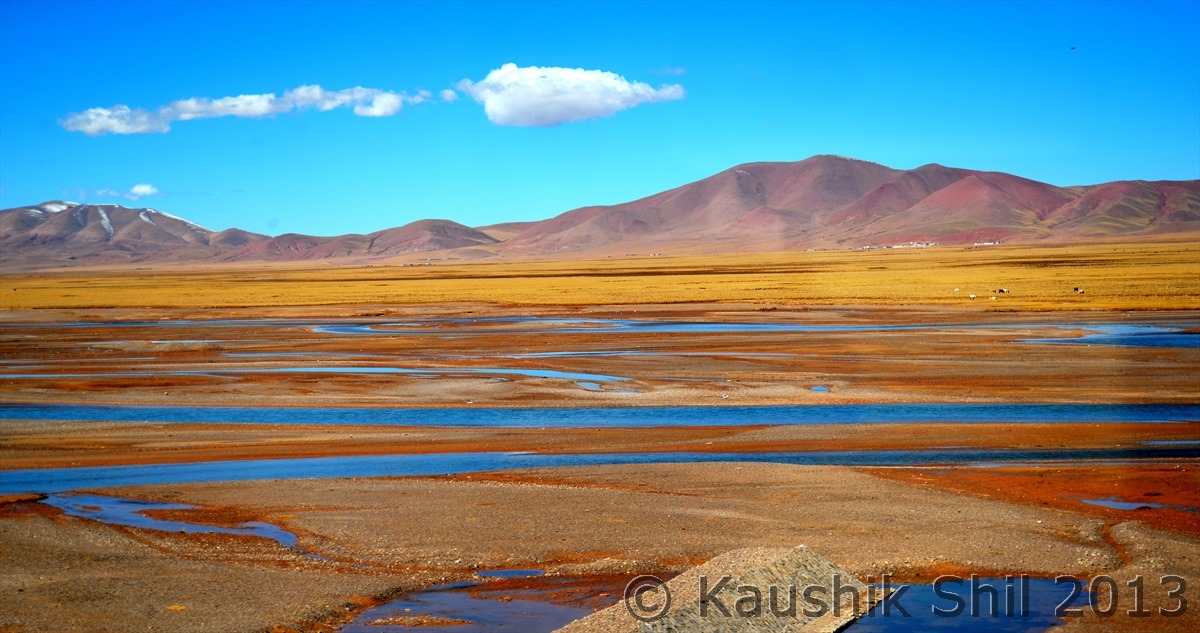
Fencing to protect wild life to come to the railway track:
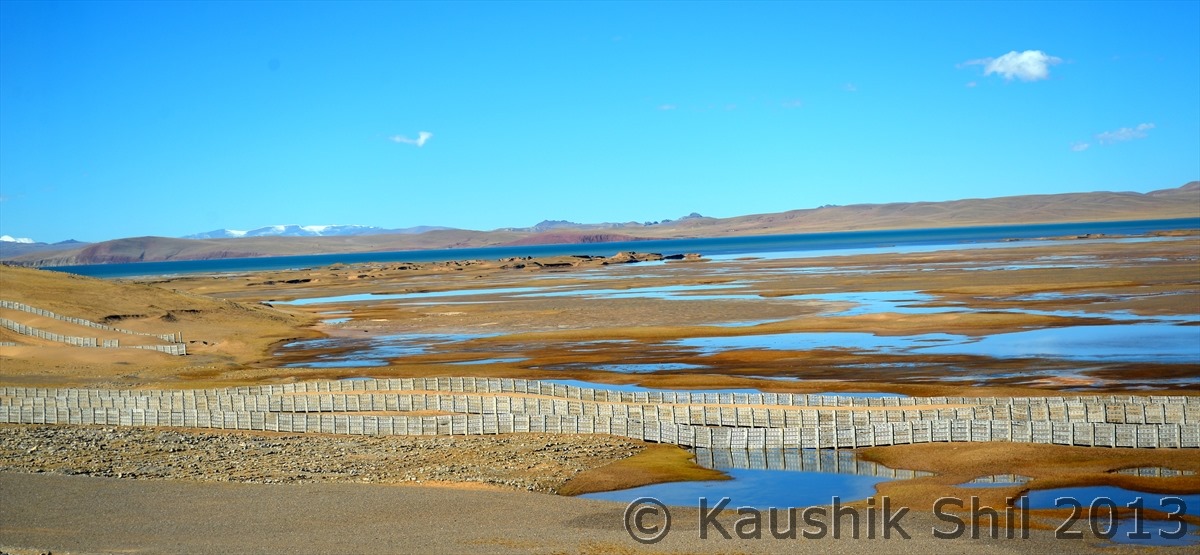
Low land with lake far away:
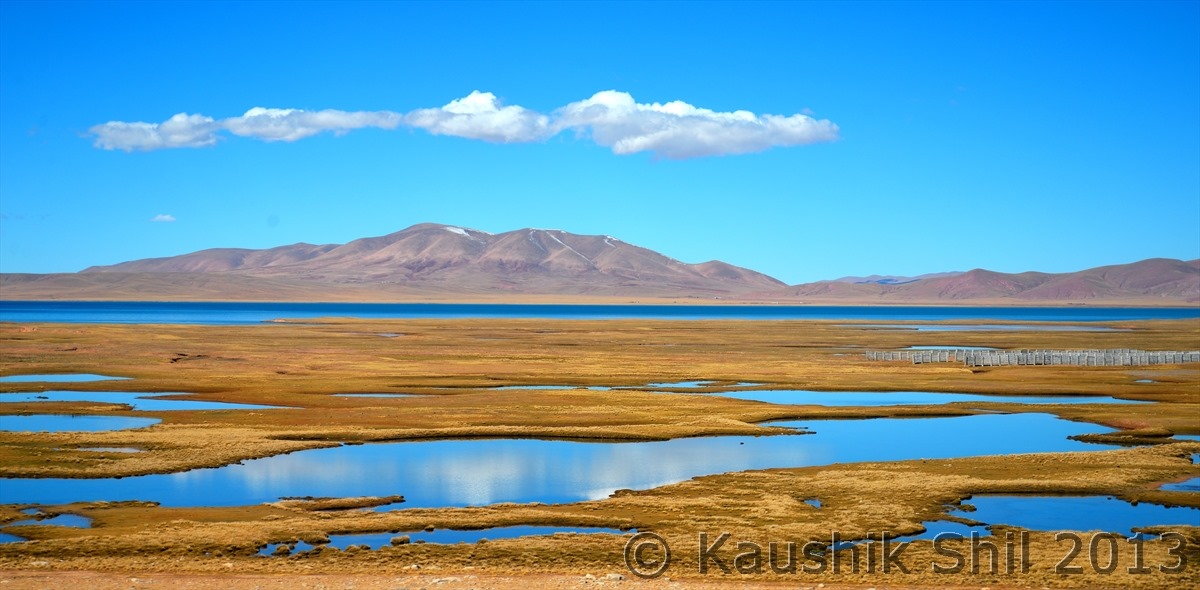
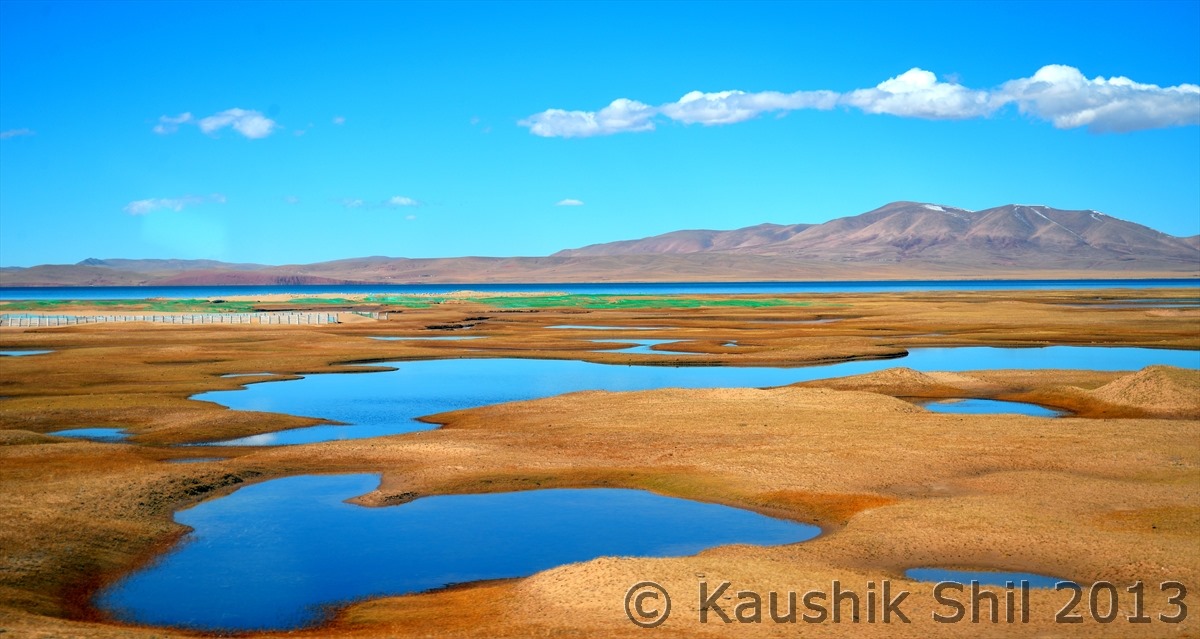
Reflection:
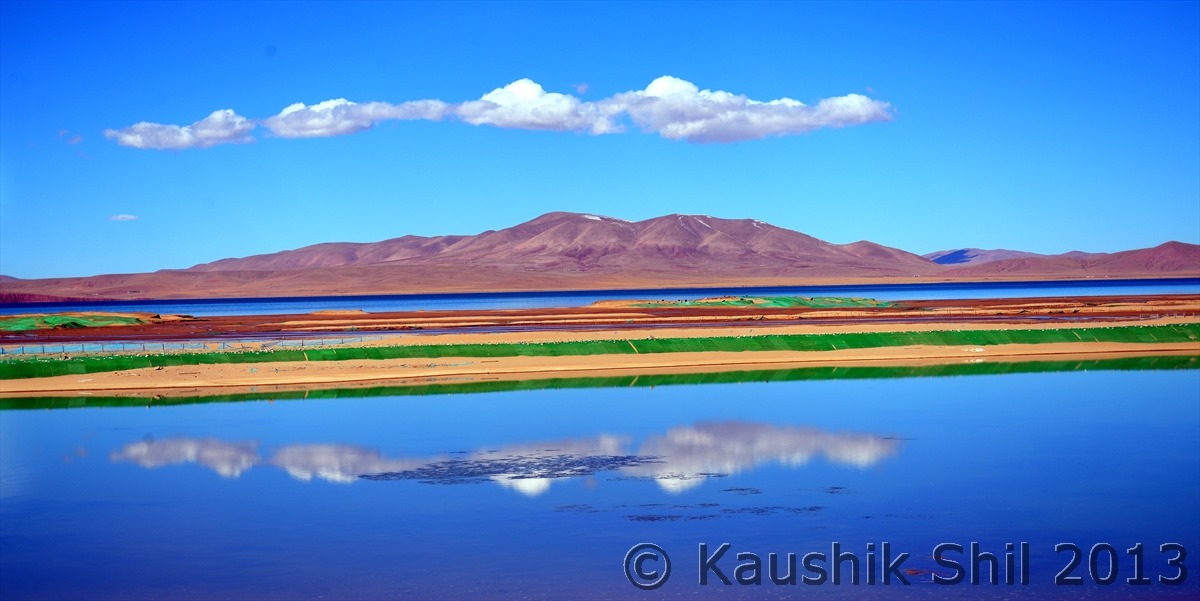
The Lake is nearing now:
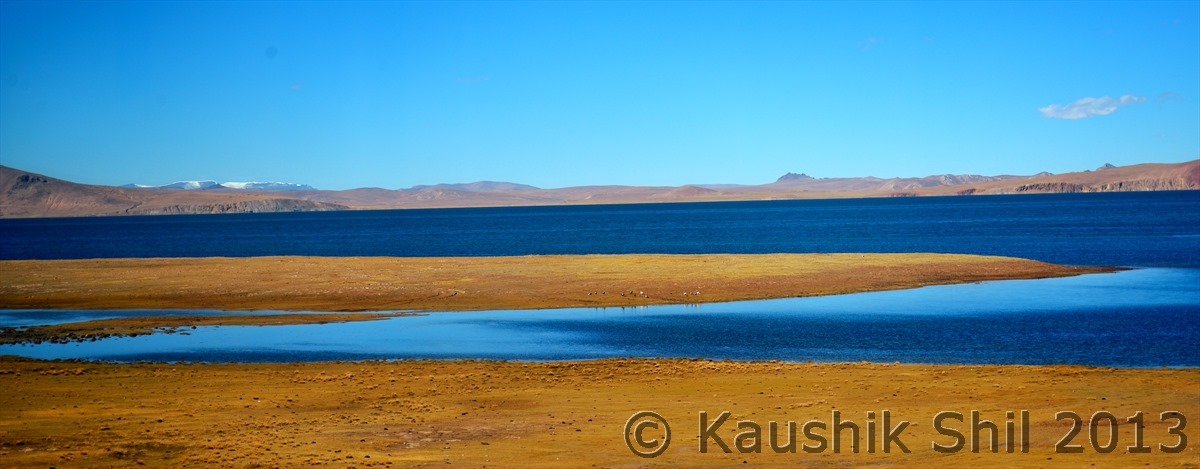
Amazing railway station, just beside a glacial lake Am I dreaming!!
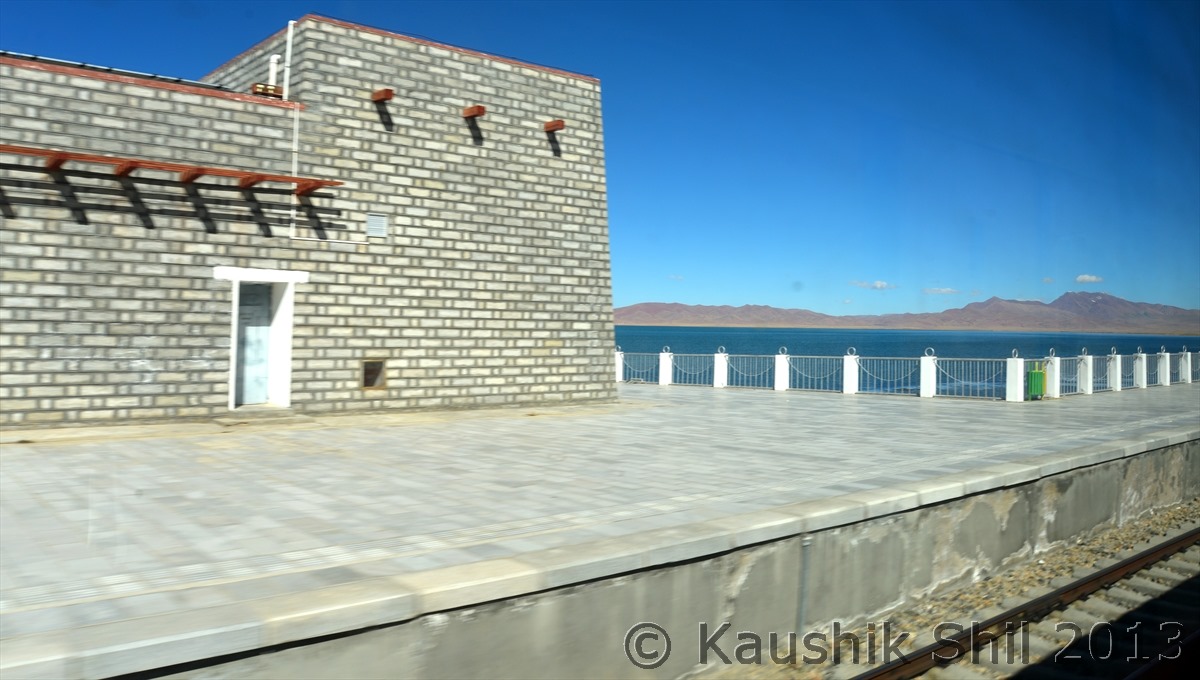
Day 20 Continued…
Major Milestones achieved so far:
June 2001, construction of Qinghai – Tibet railway officially started at Golmud.
Octobet 2005, rail links Lhasa to Golmud but track testing, signaling work was yet to be done.
July 2006, just 5 years after start Qinghai – Tibet Railway put in operation.
Number of passengers were 6.5 million in 2006 was doubled to 12 million by 2012
September 2010, first extension of Qinghai Tibet railway started and we saw it’s almost completed till Shigatse and in 2014, train till Shigatse will be operational.
Future Roadmap:
Shigatse will be further connected to Kathmandu via friendship highway to give Nepal it’s first rail network.
China already taken up plan to connect Lhasa Nyngchi as second extension.
Further to that the Sichuan Lhasa railroad would be built by connecting Chengdu to Nyngchi.
Next plan is to connect Yunan – Tibet railway from Kunming Dali, Lijang, Zhondian connect it with Sichuan – Lhasa line.
Last but not the least is the ambitious Chinese plan to connect Xinjiang – Tibet by railroad.
Once they execute the whole plan, we will see the rail road from Ladakh to Arunachal in the other side Himalaya where as we may still have walking trails for our army to man the remote post walking for days. I remember I spoke to Indian Army in Kibithu couple of years back in Eastern Arunachal where they said they need 21 days to go and come back patrolling the remote tri junction border of India with China and Myanmar by foot.
Cuona Lake – Lying 4800 meter above sea level this is one the highest fresh water lake in world and it’s closest to Qinghai Tibet Railway, amazing is the view from Train Much bigger than our Pangong / Tsomoriri :
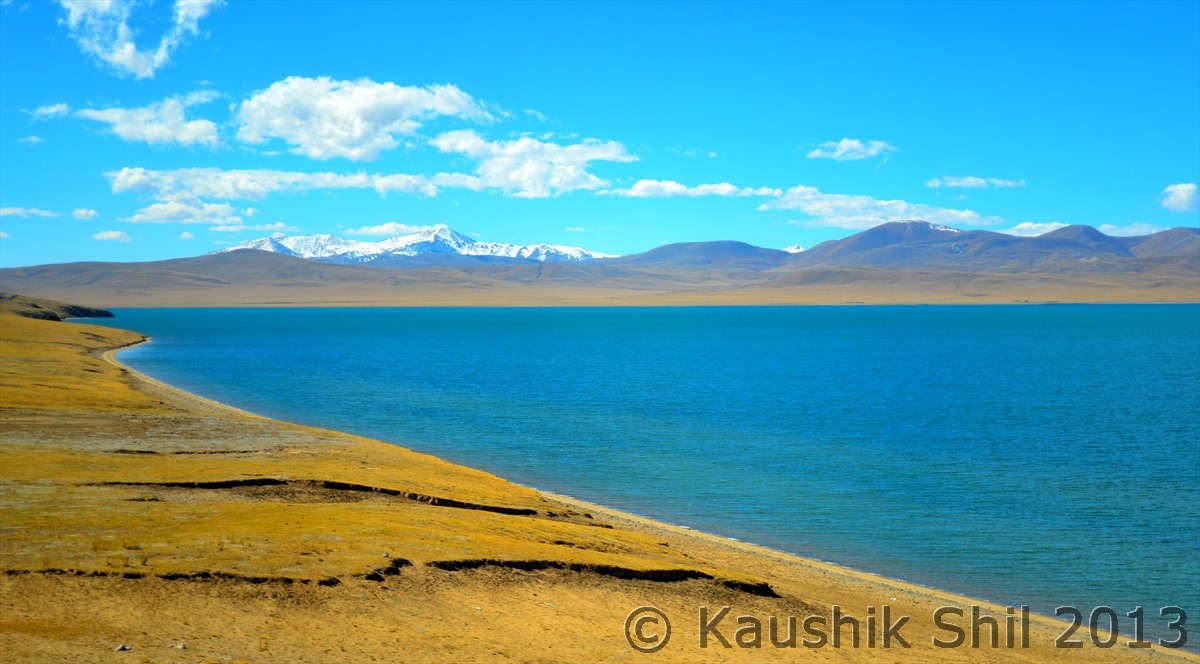
Change of Colors:
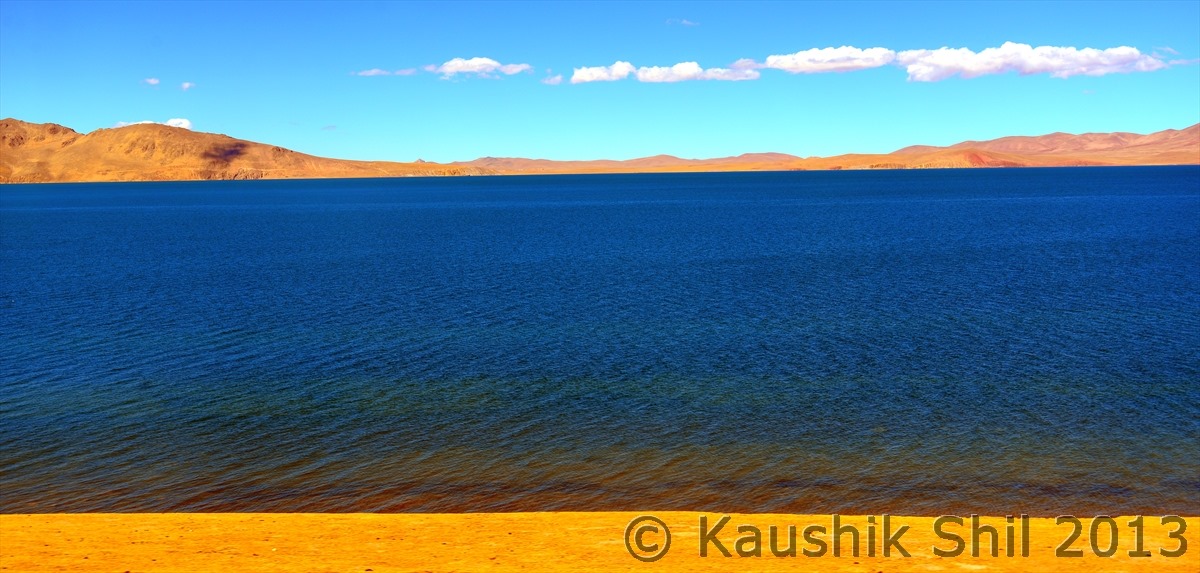
Again some color Change:
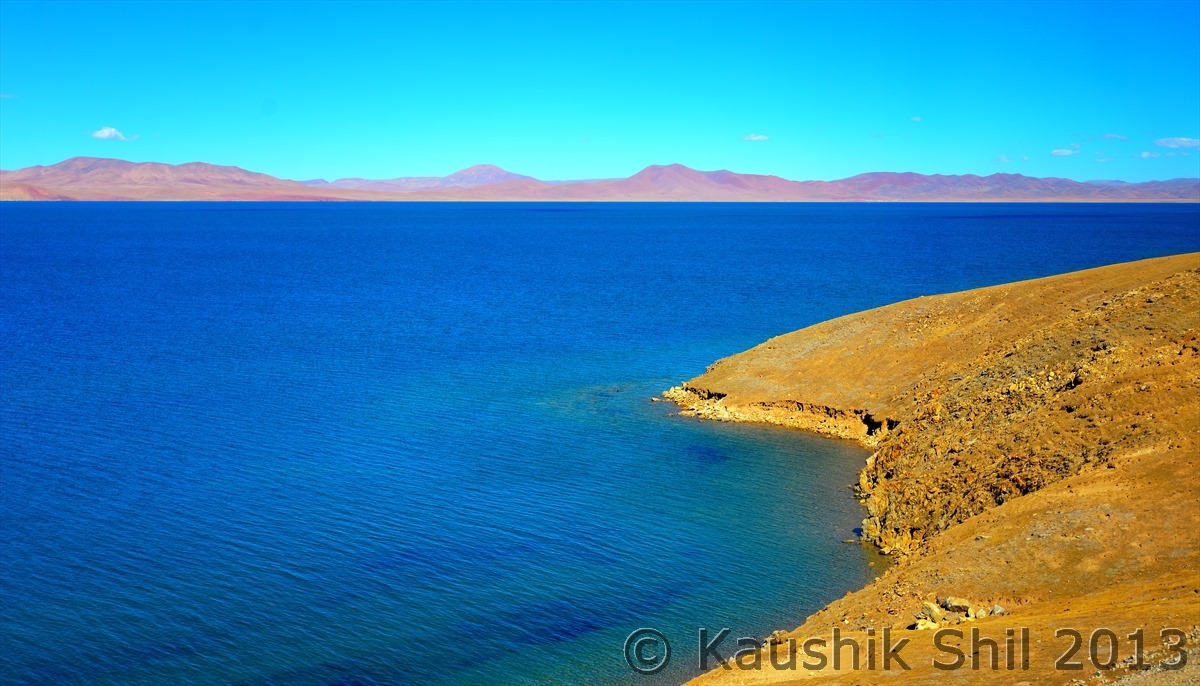
Color change happens in every minute:
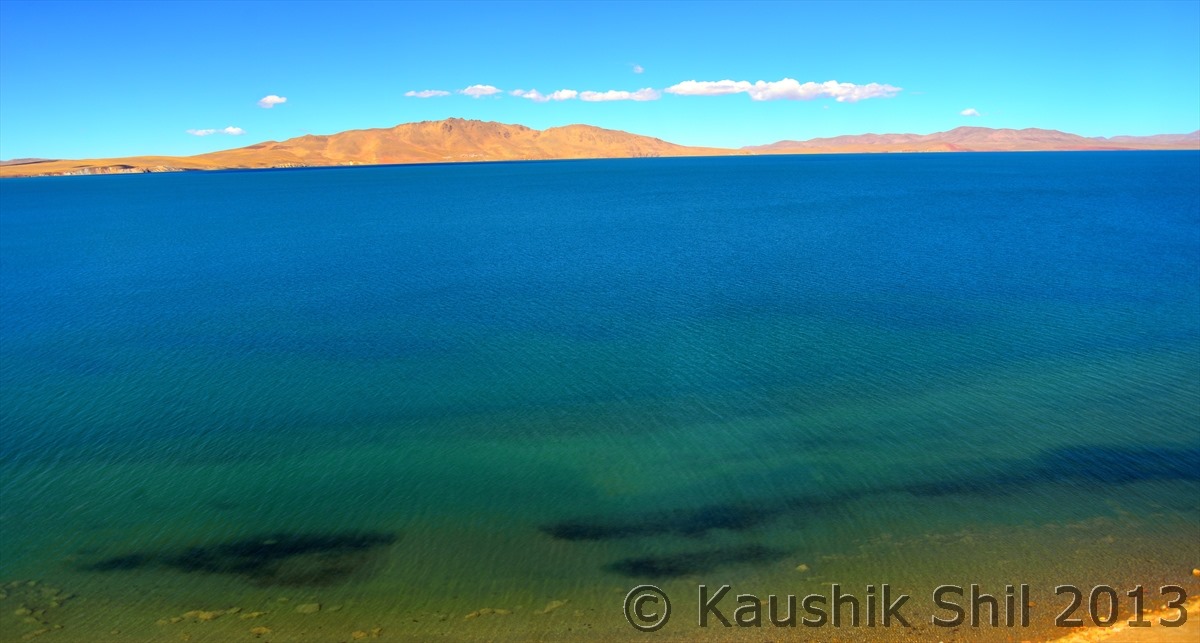
Lake and sheep grazing:
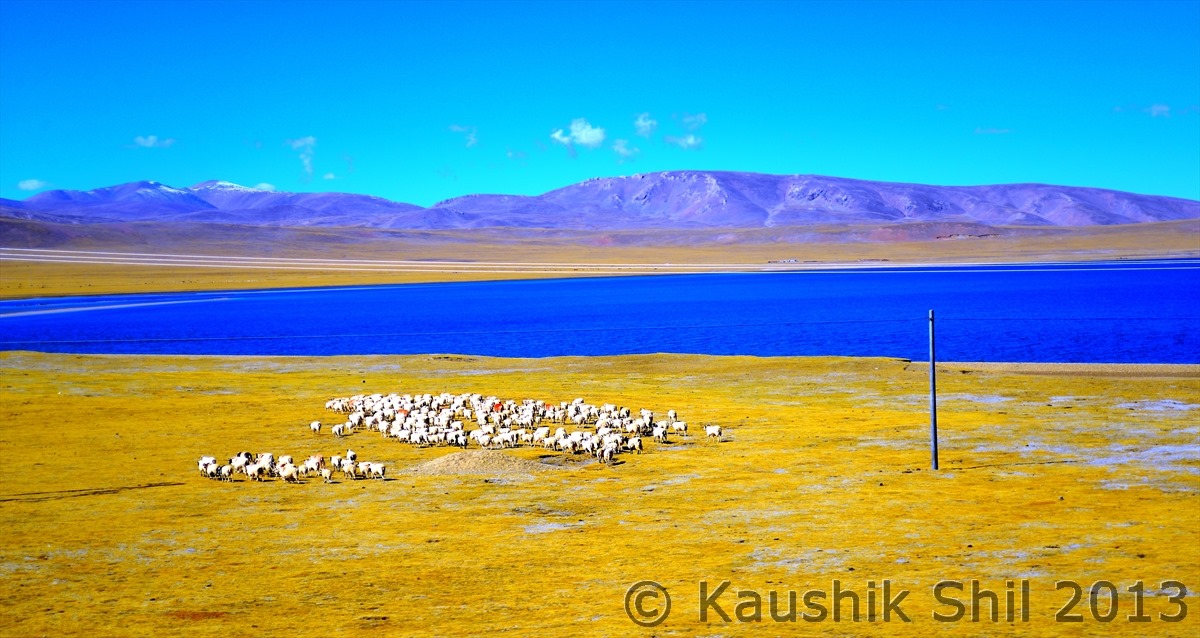
Reflection
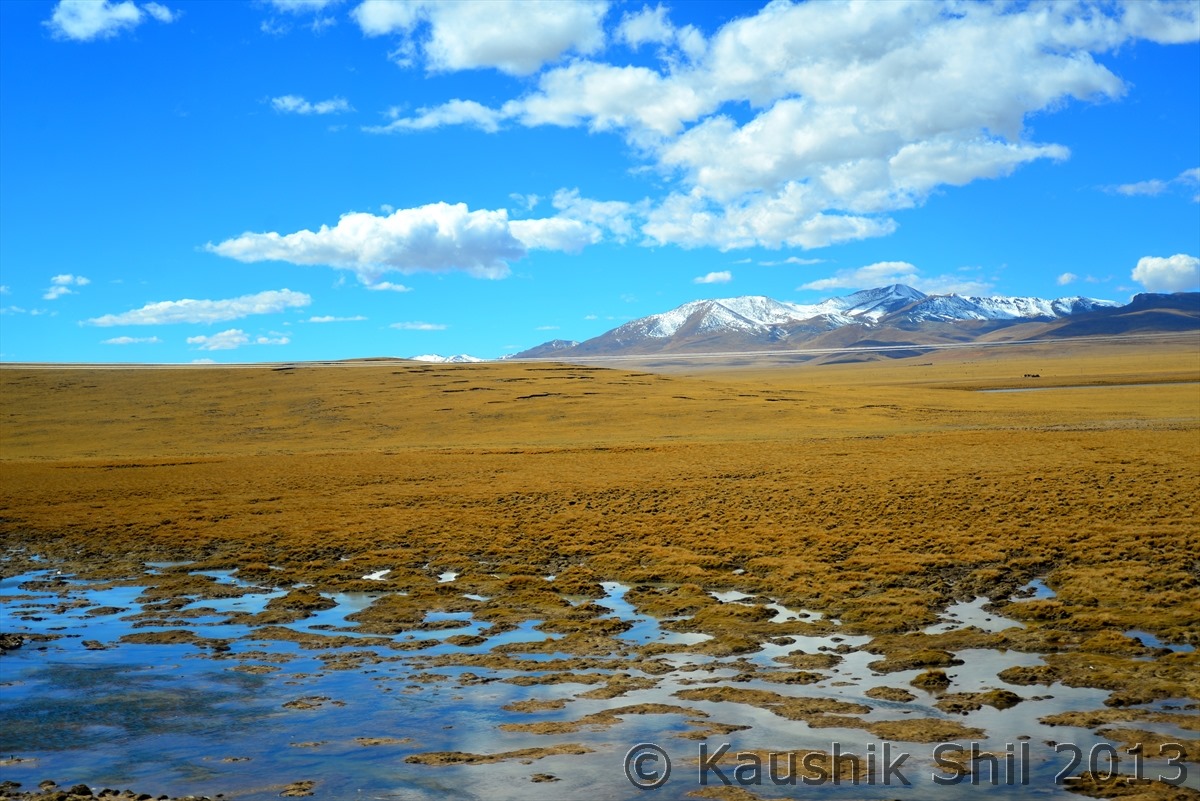
Vast Grassland:
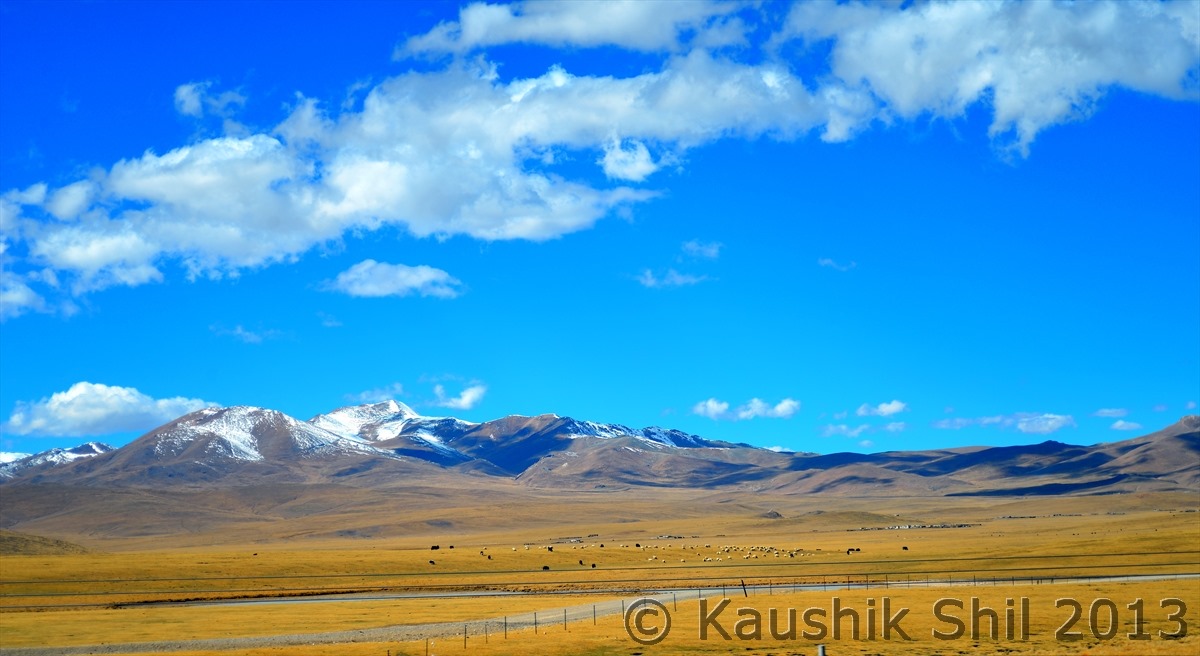
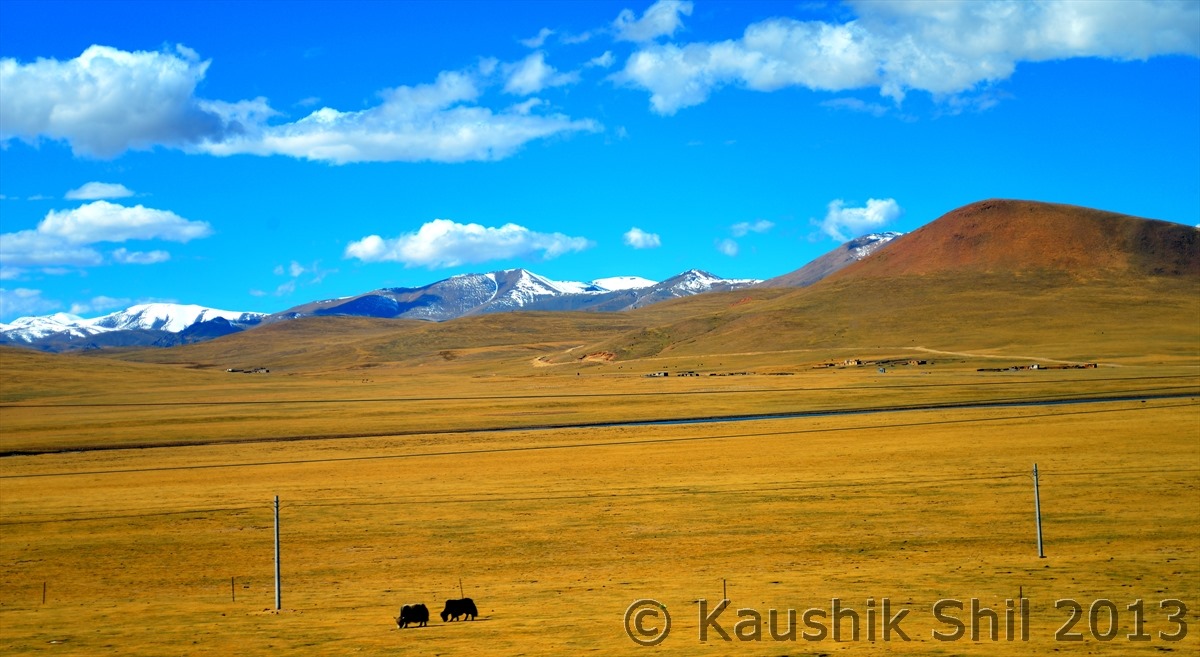
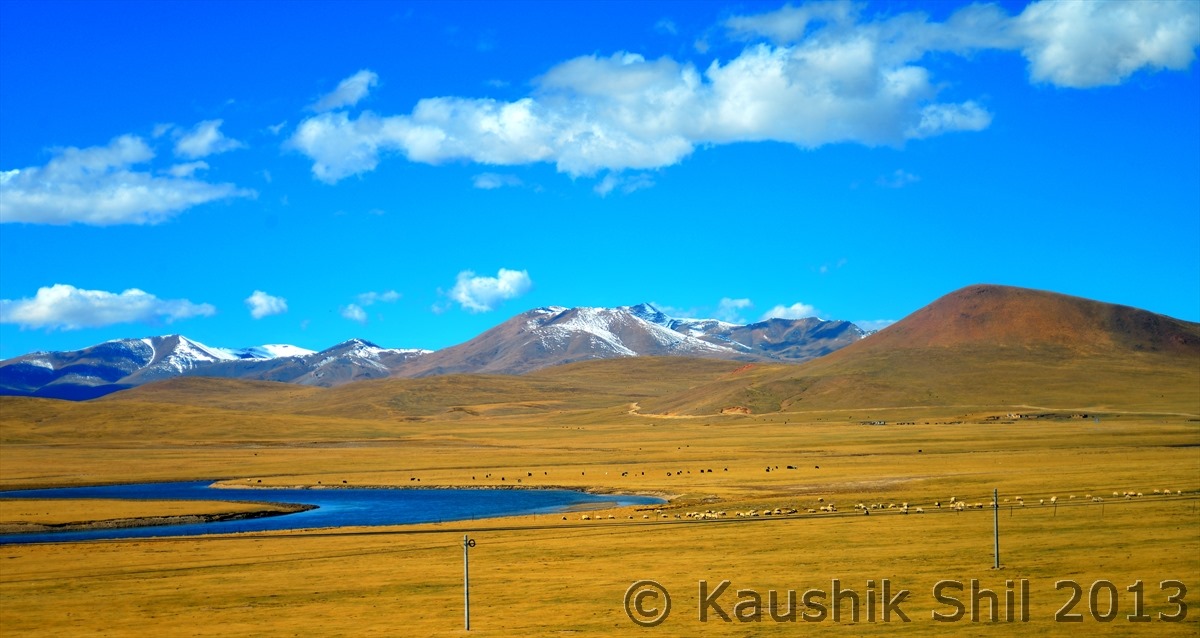
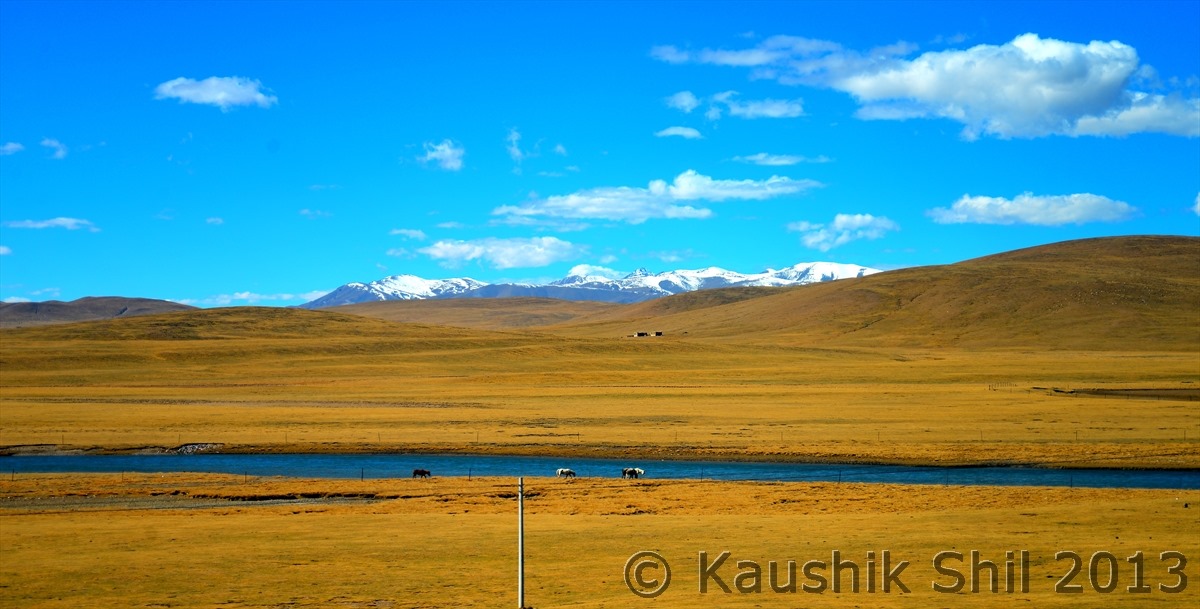
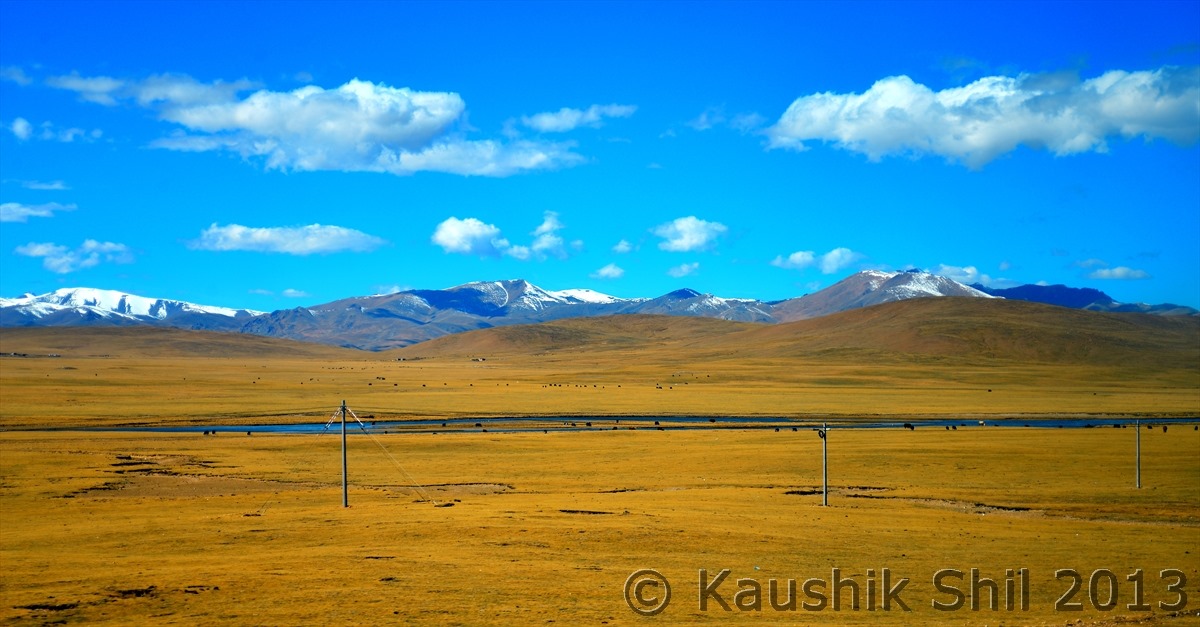
Previous: Day 19 and 20/Part 1
Next: Day 20/Part 3
